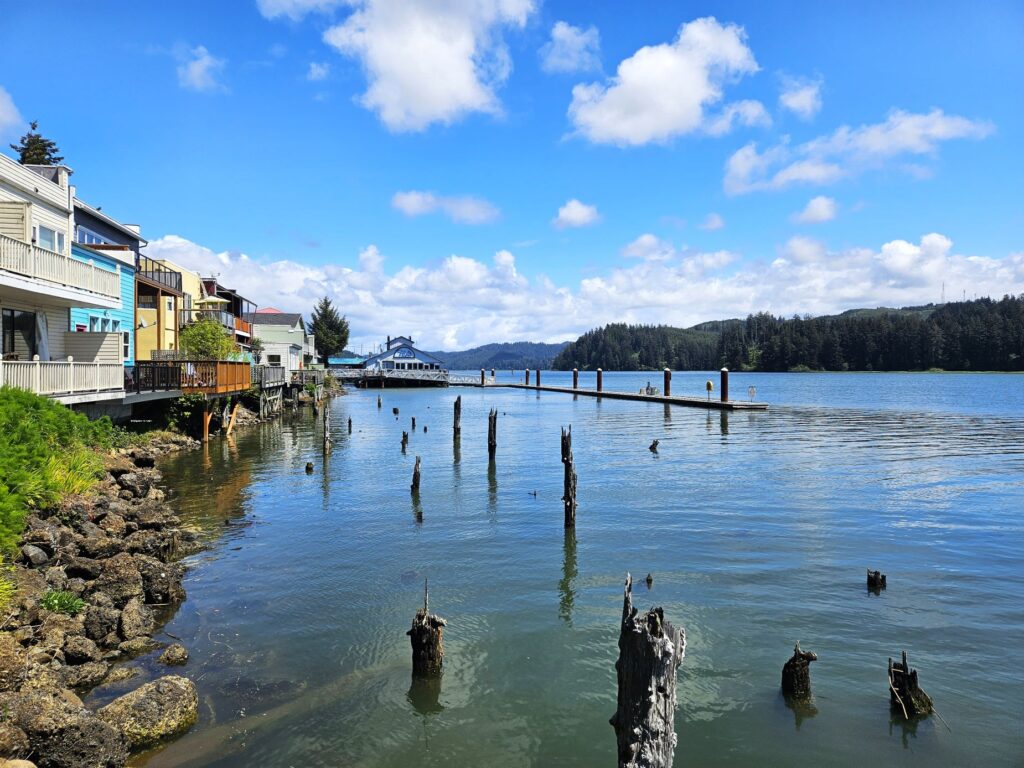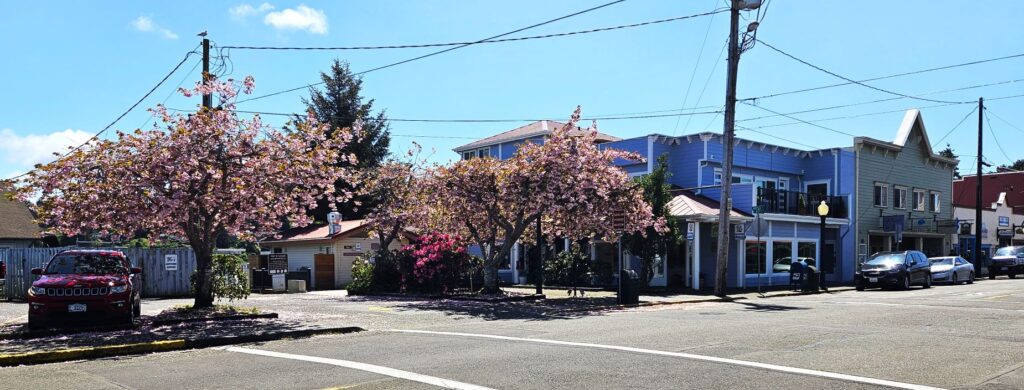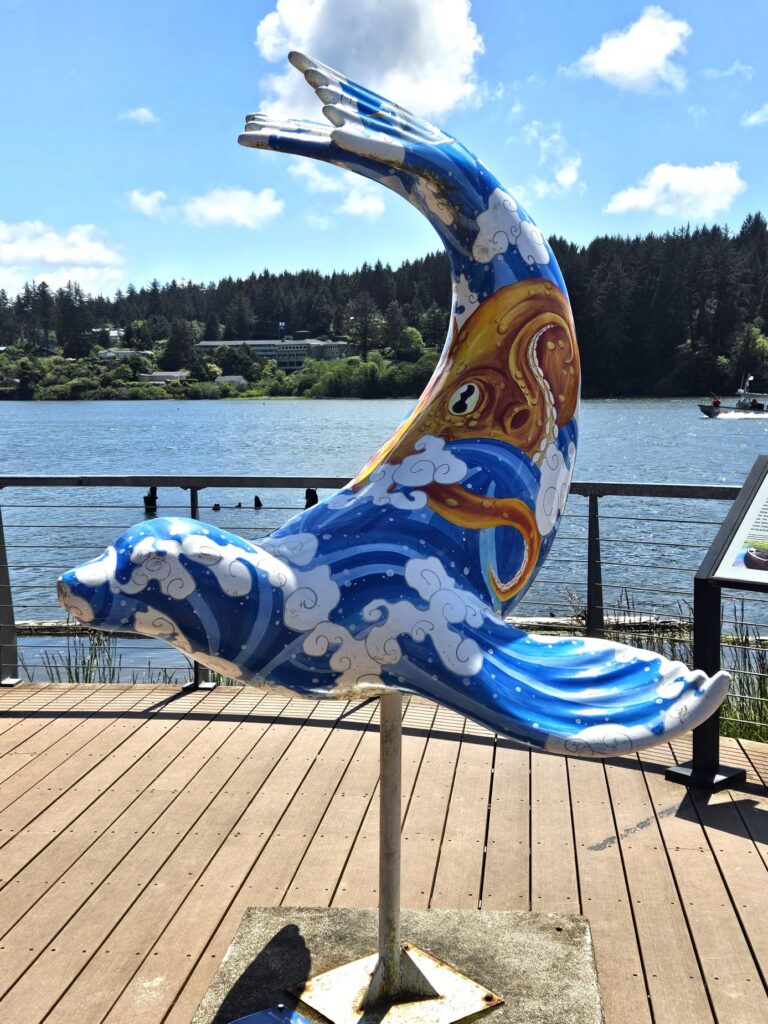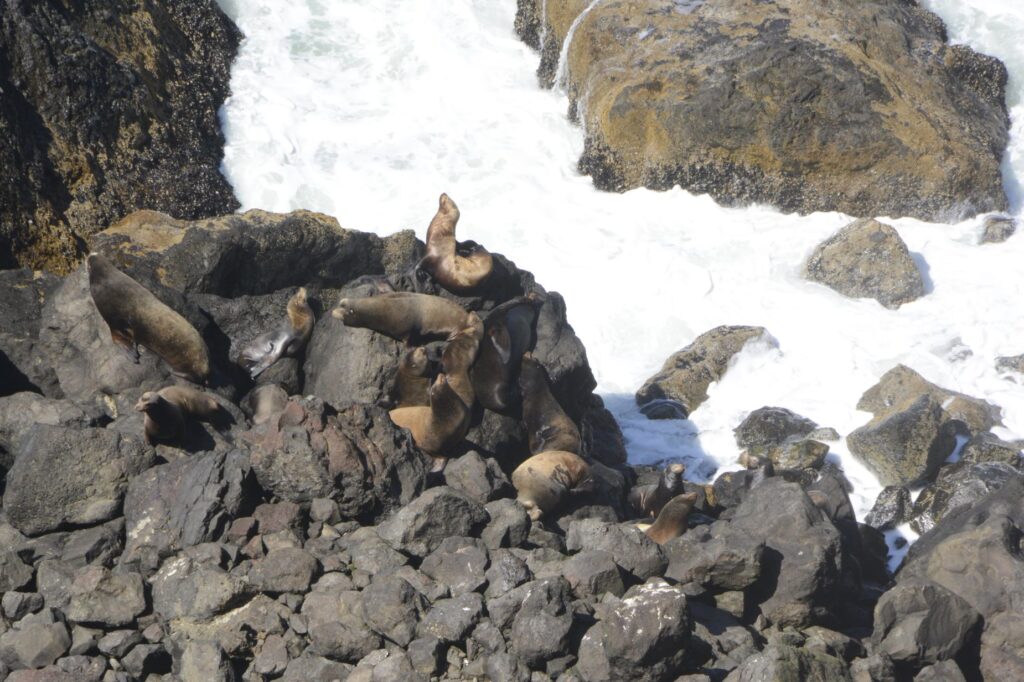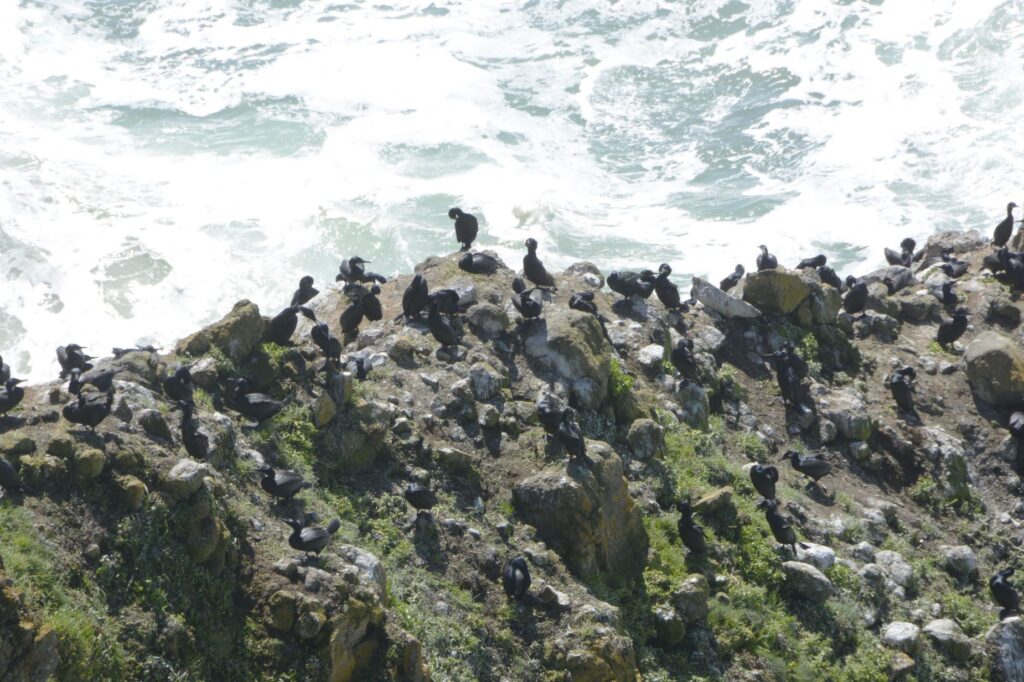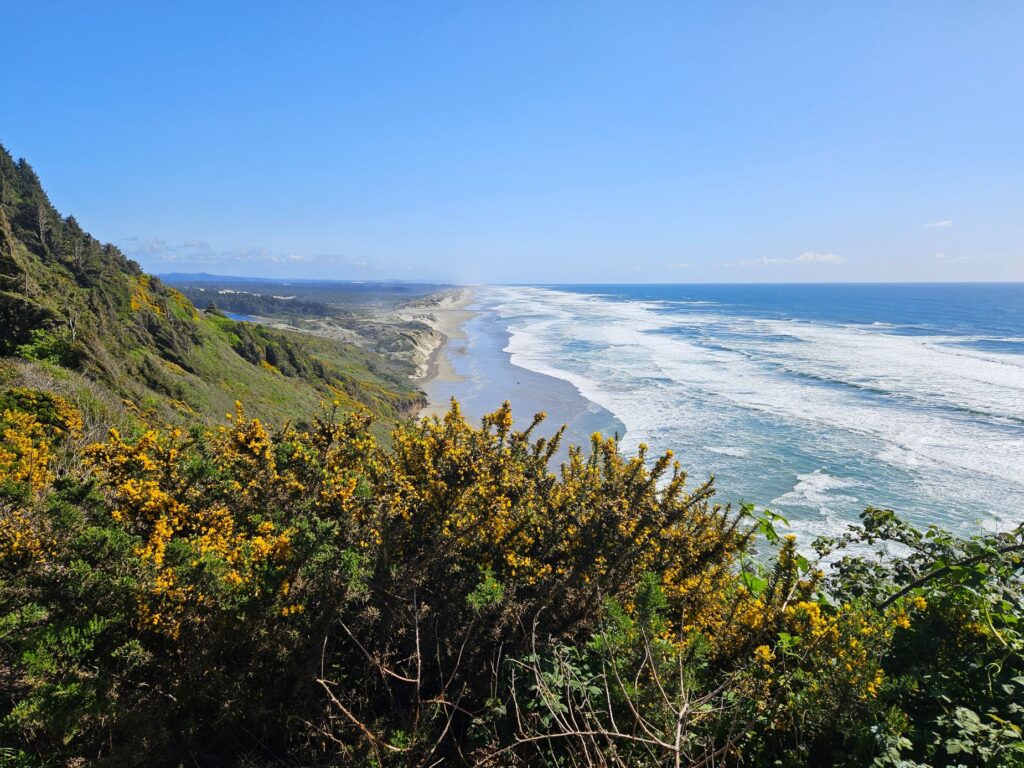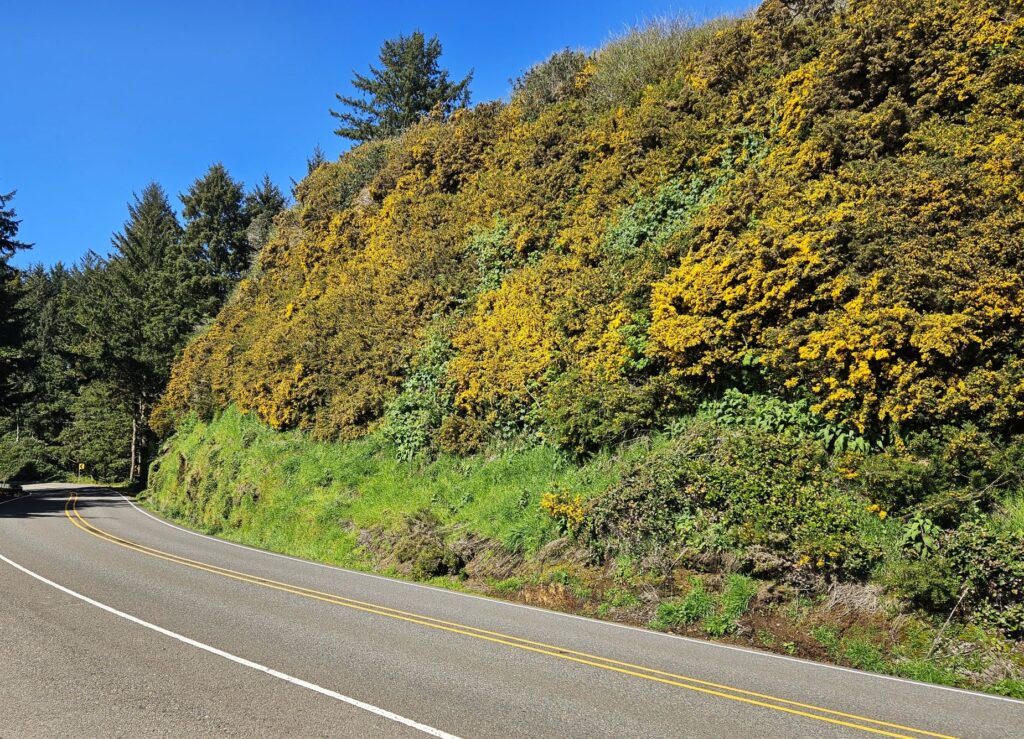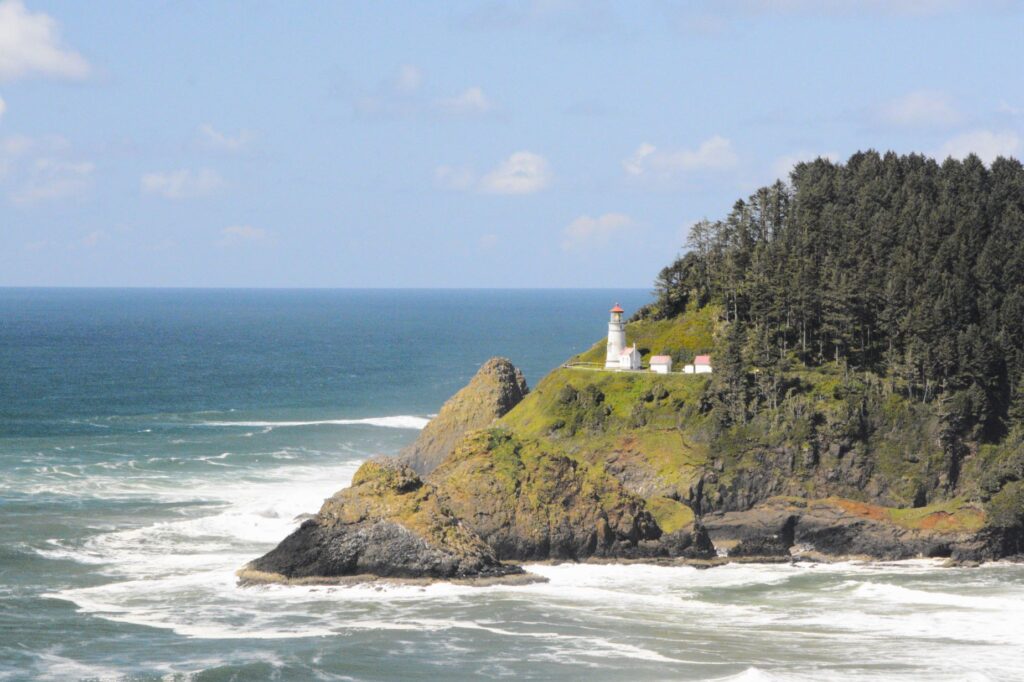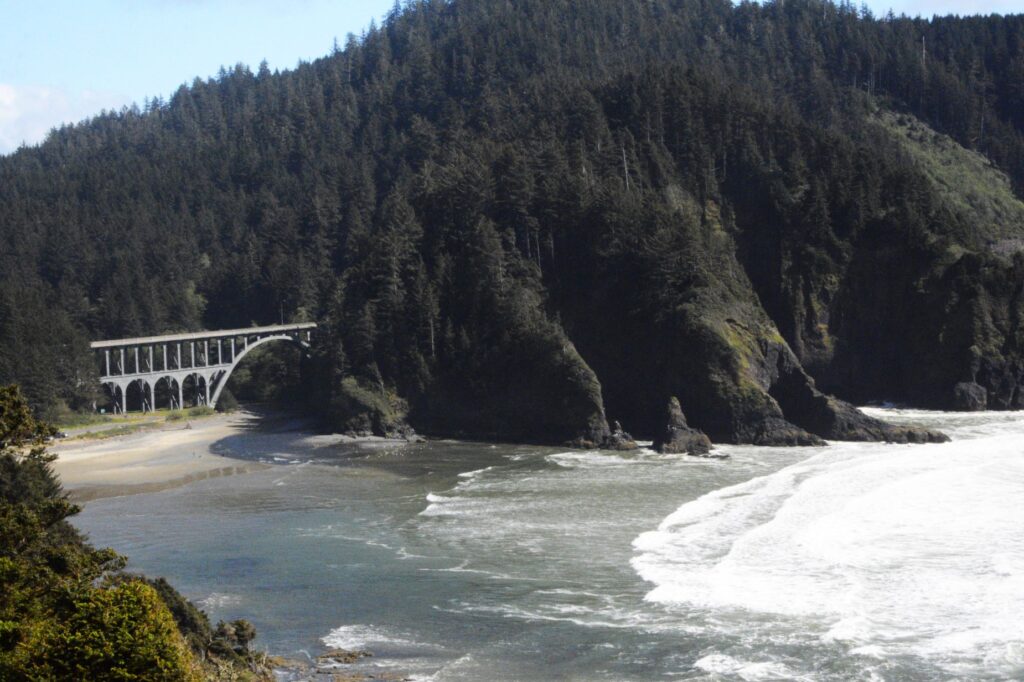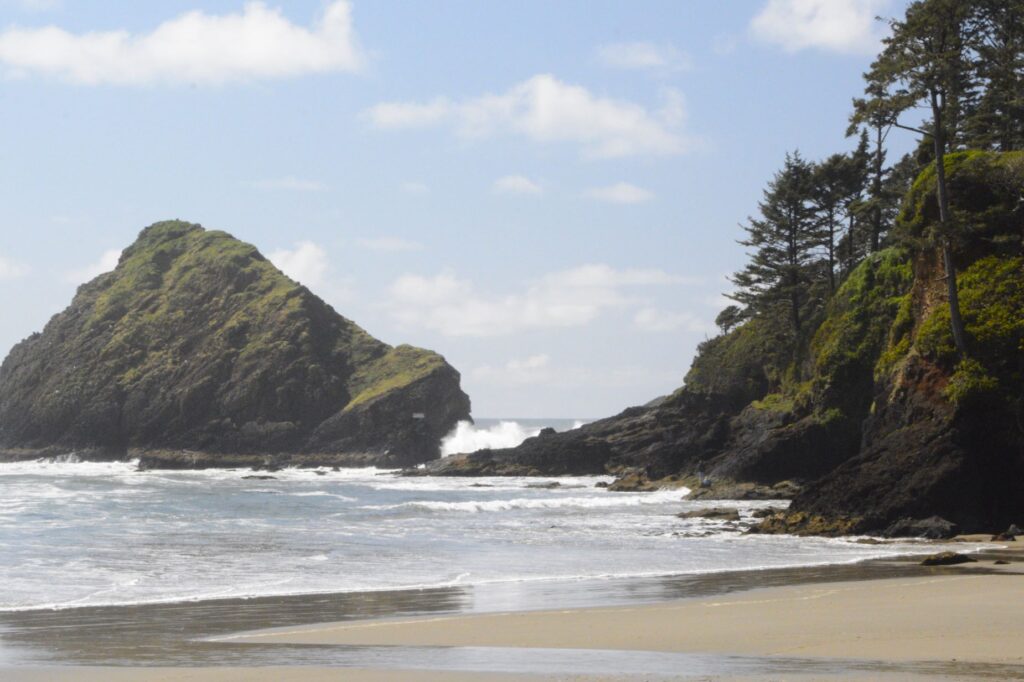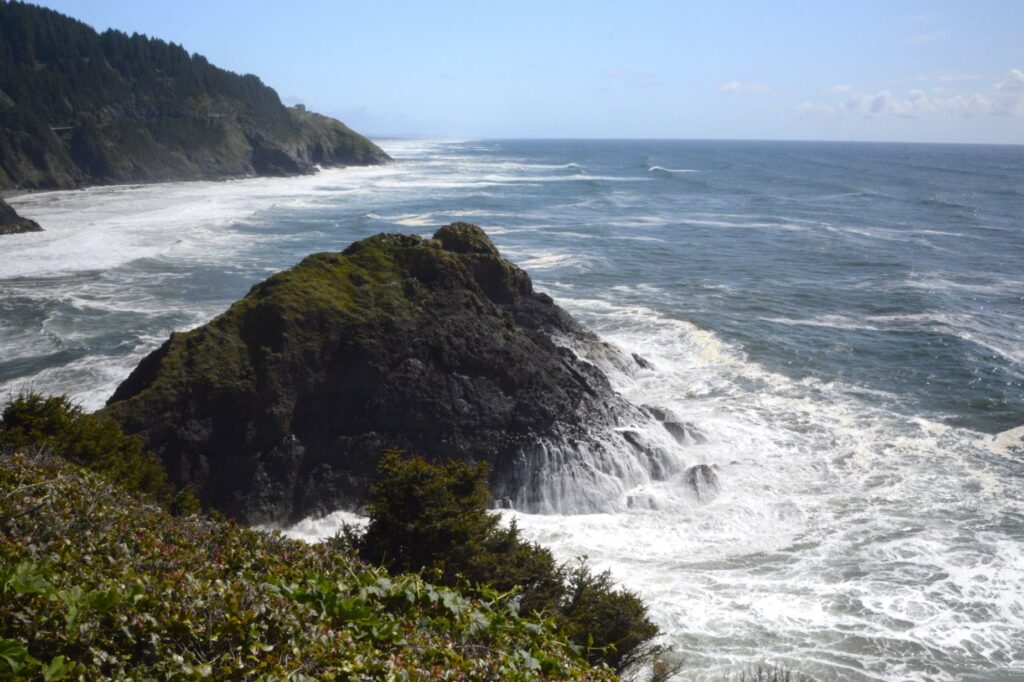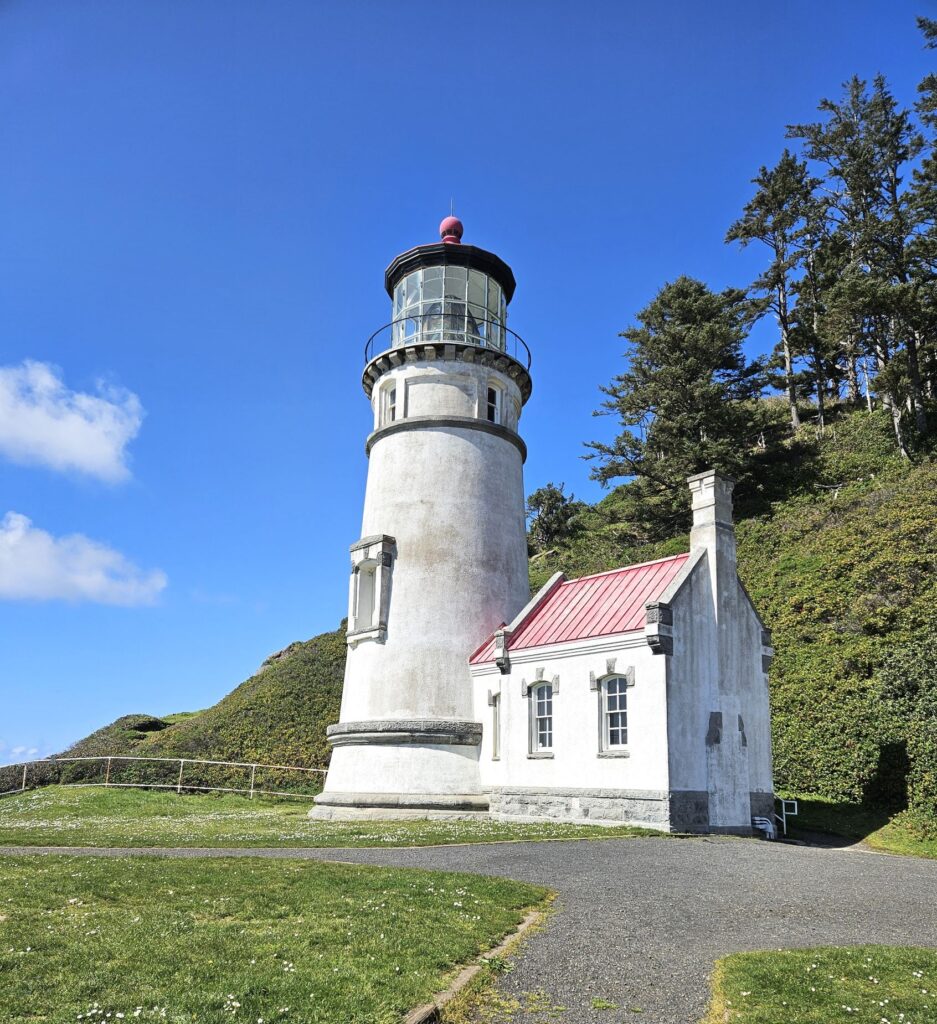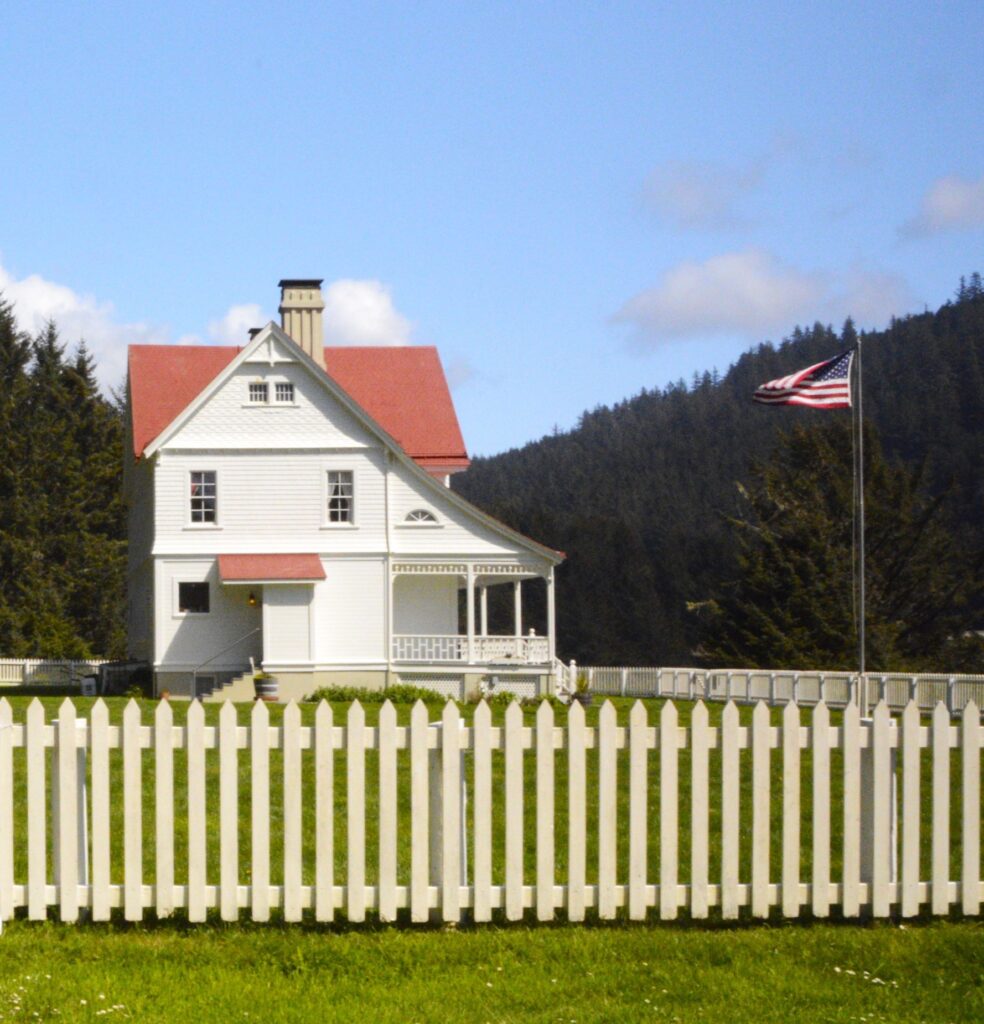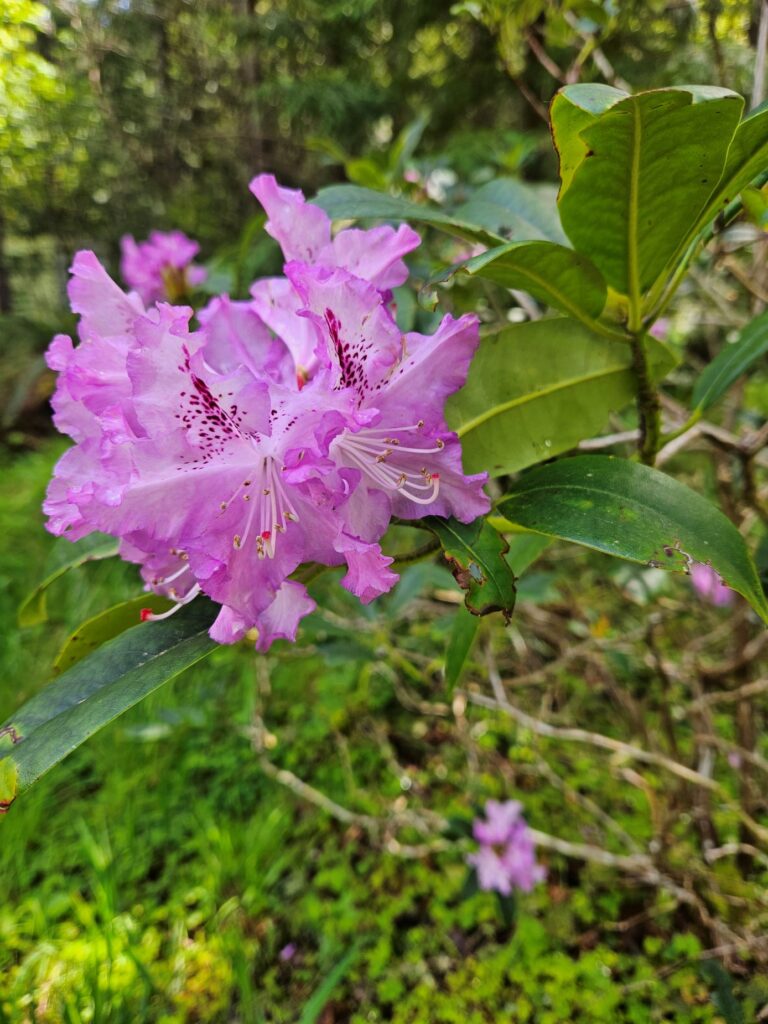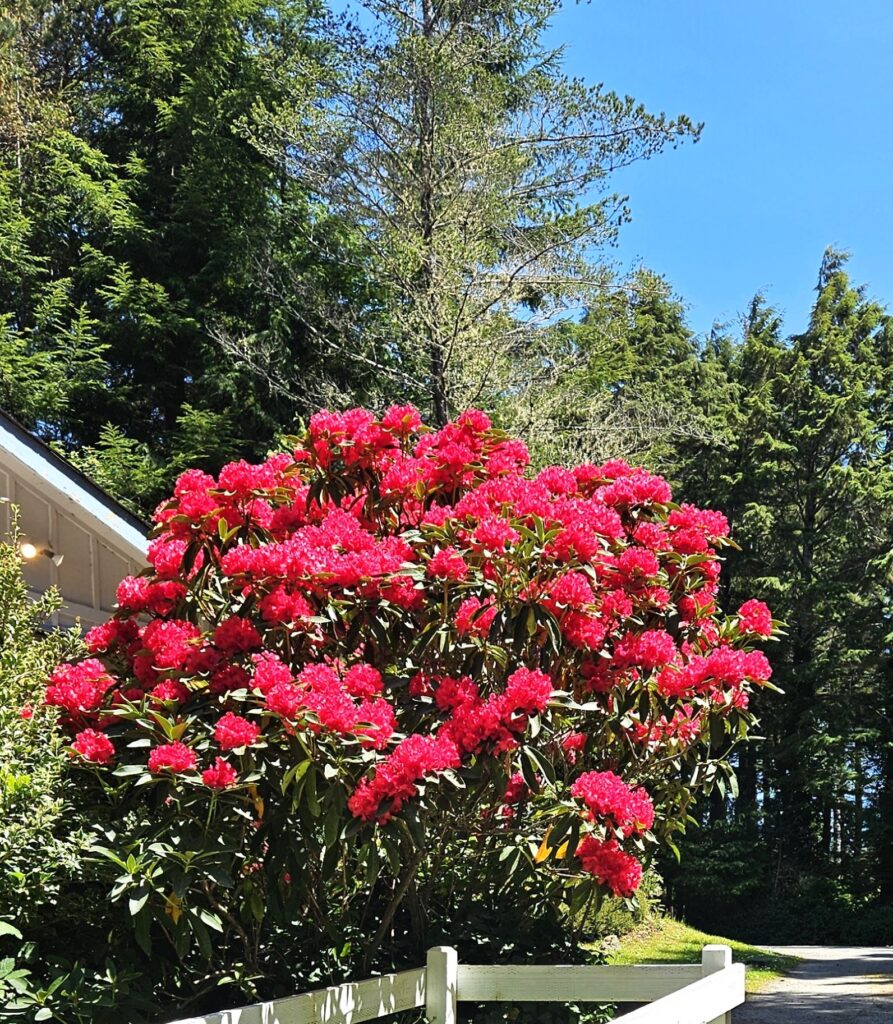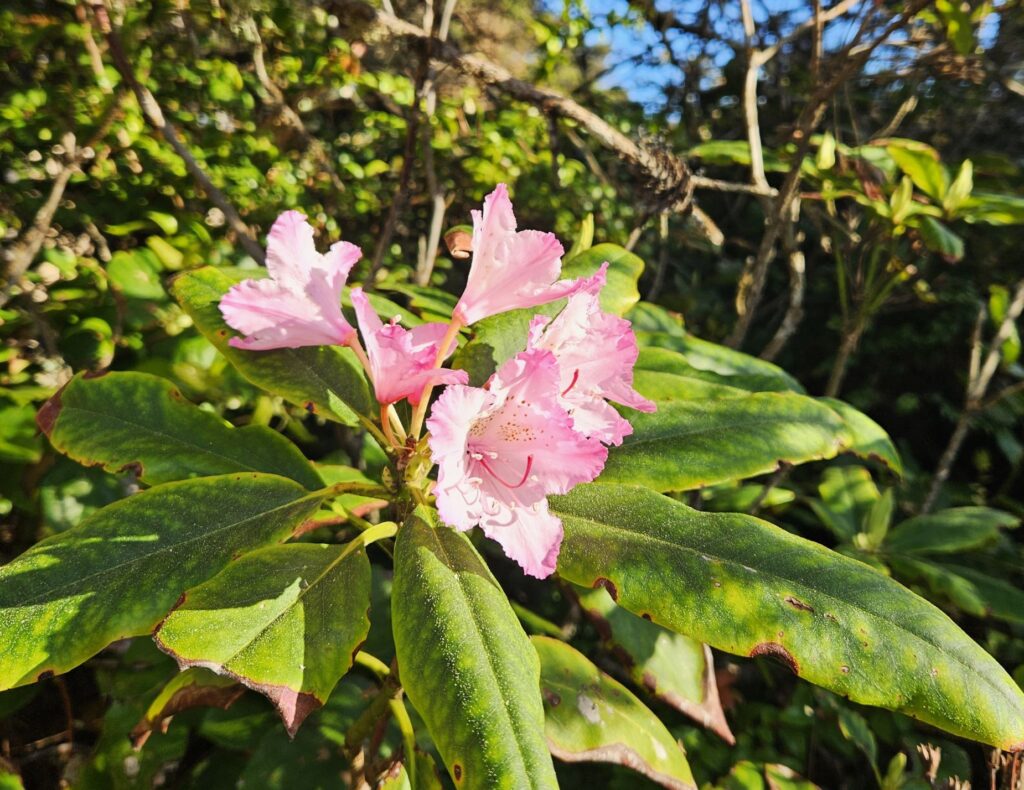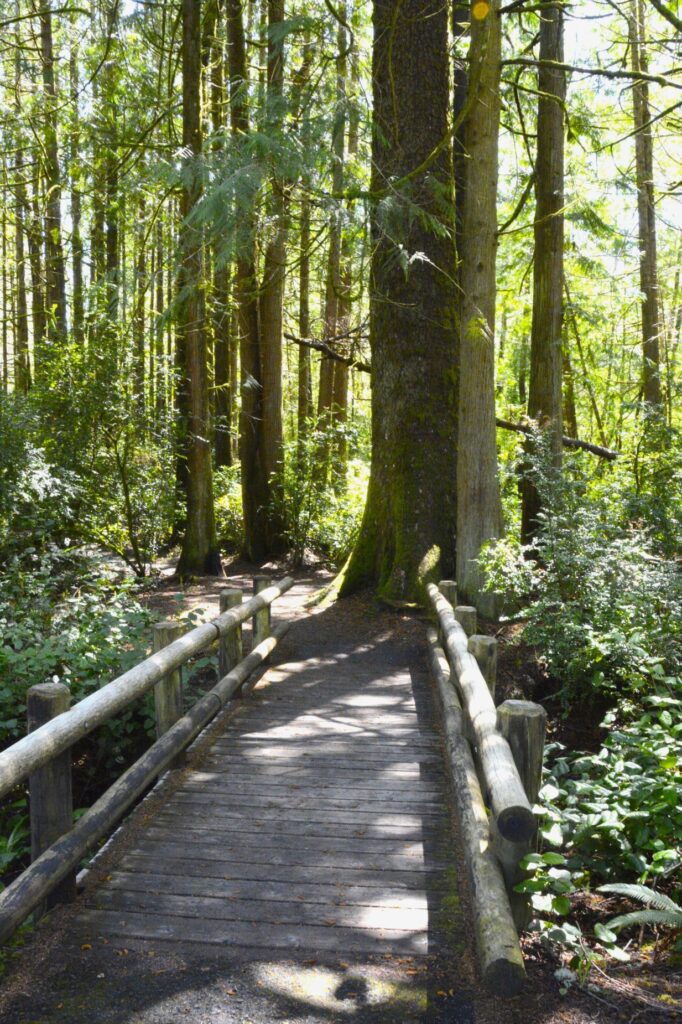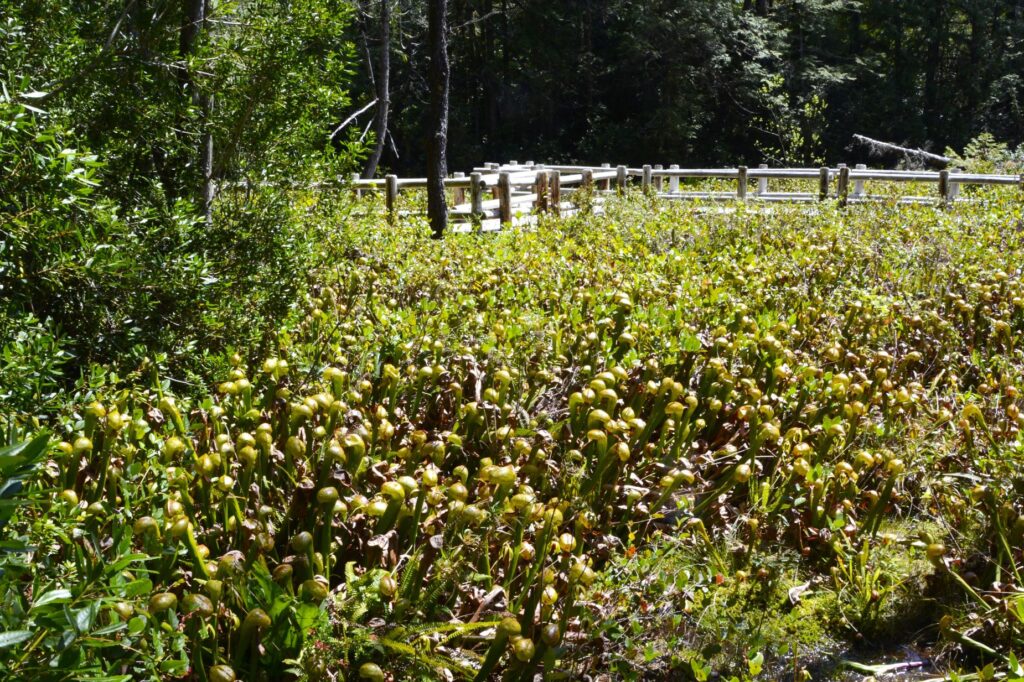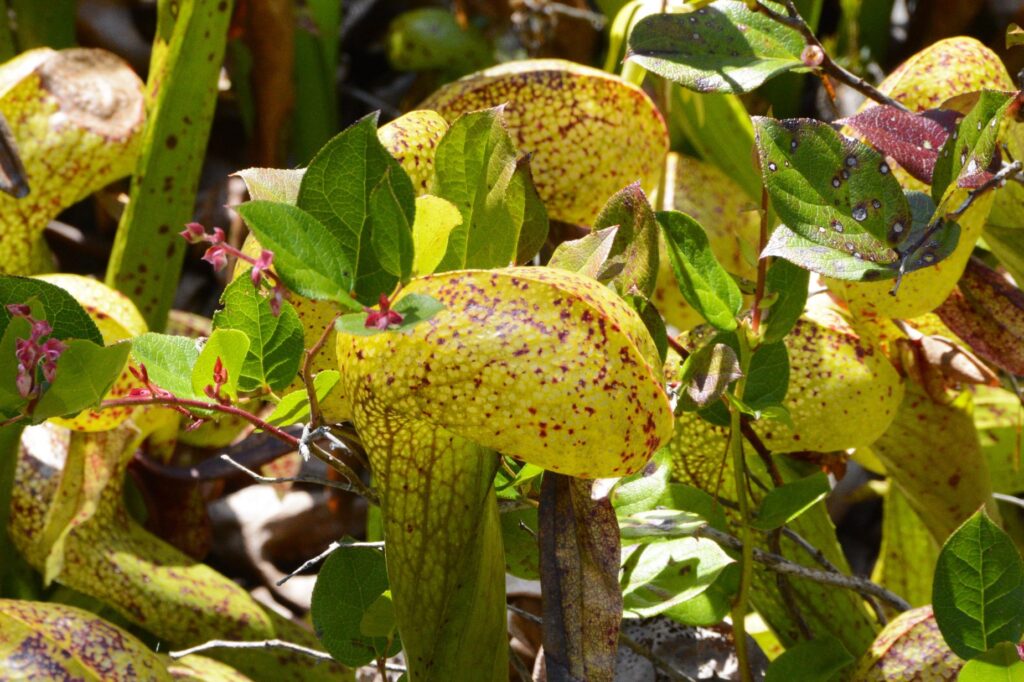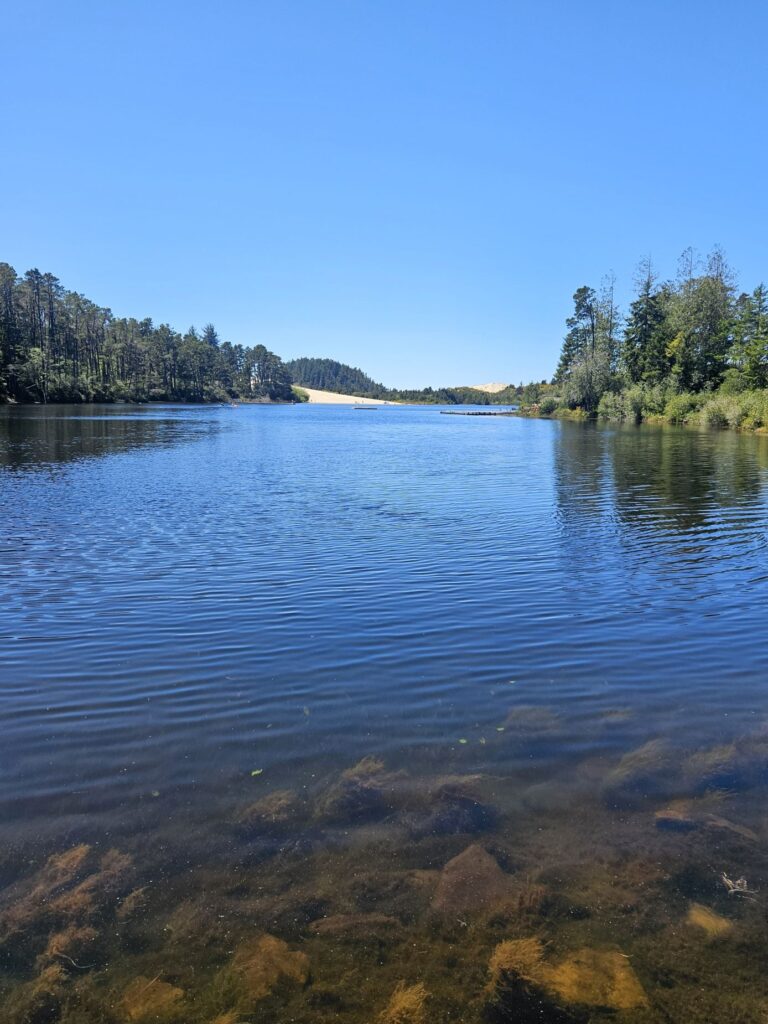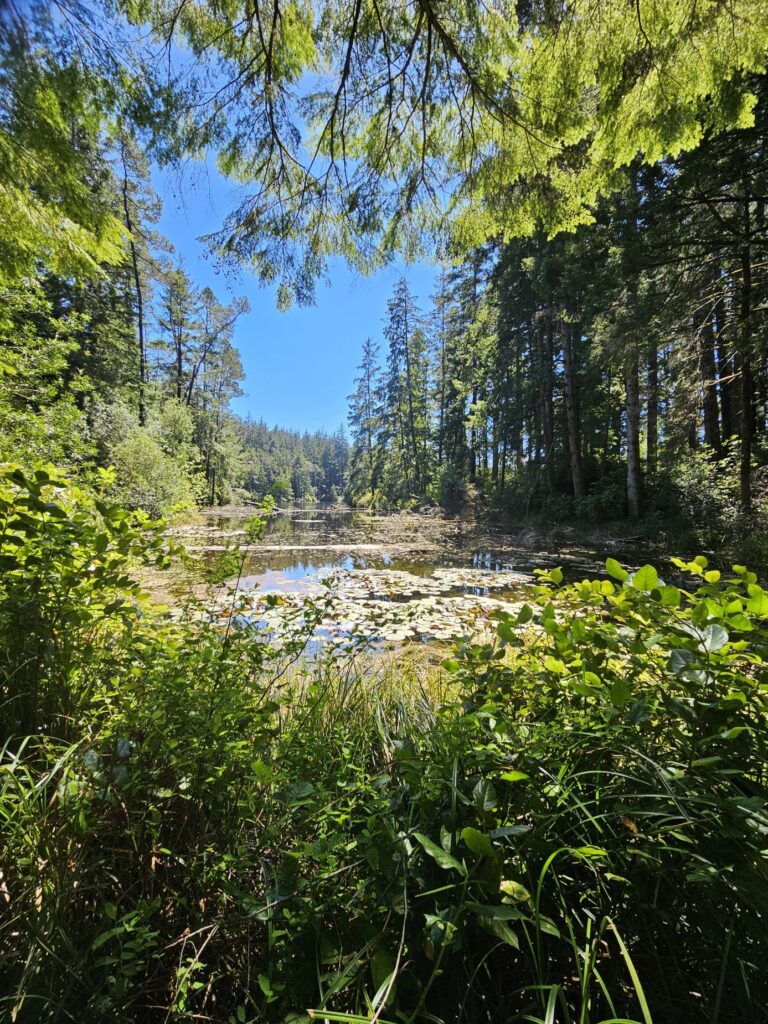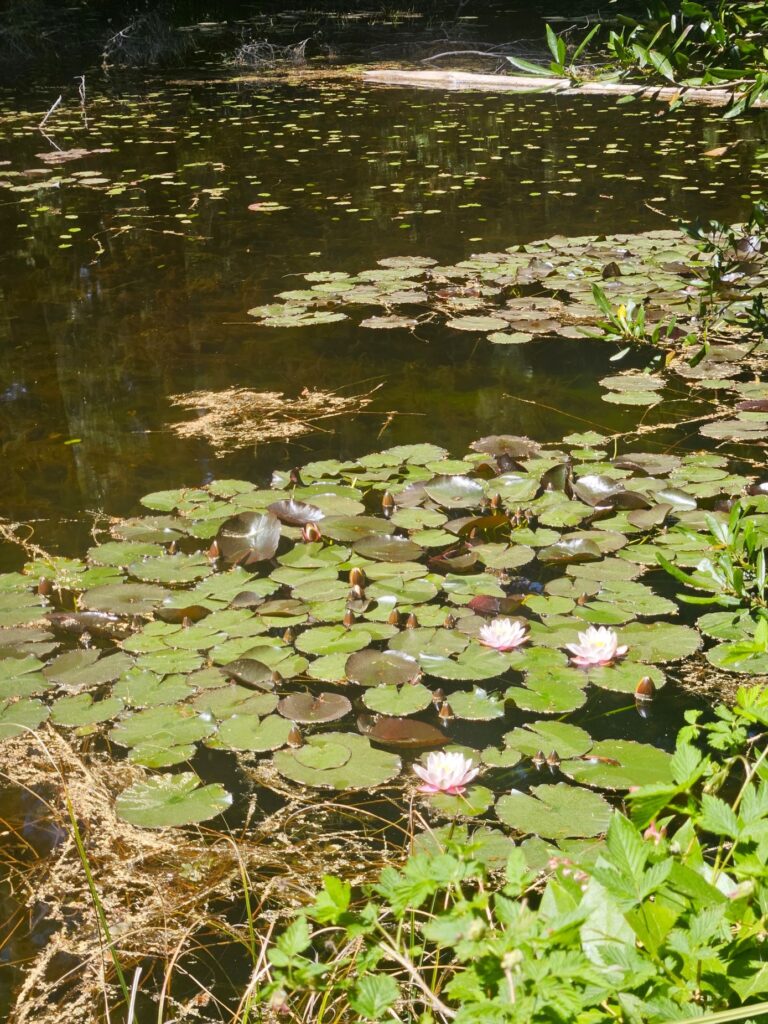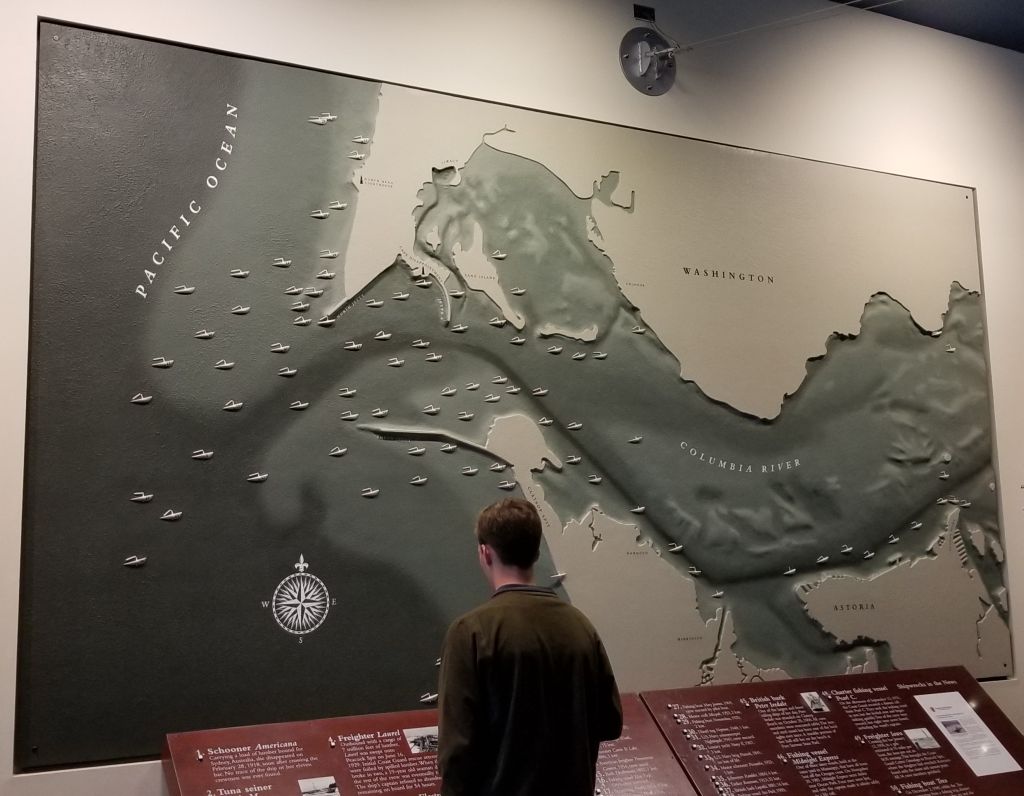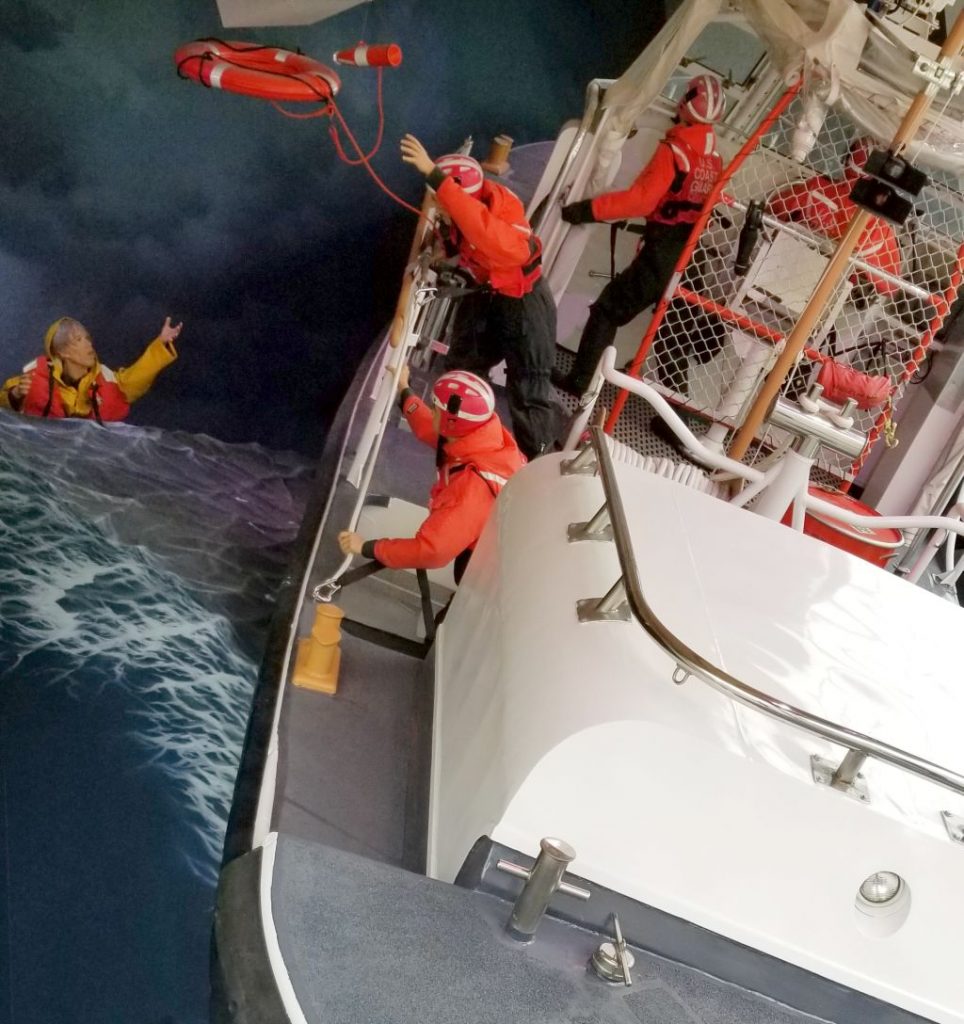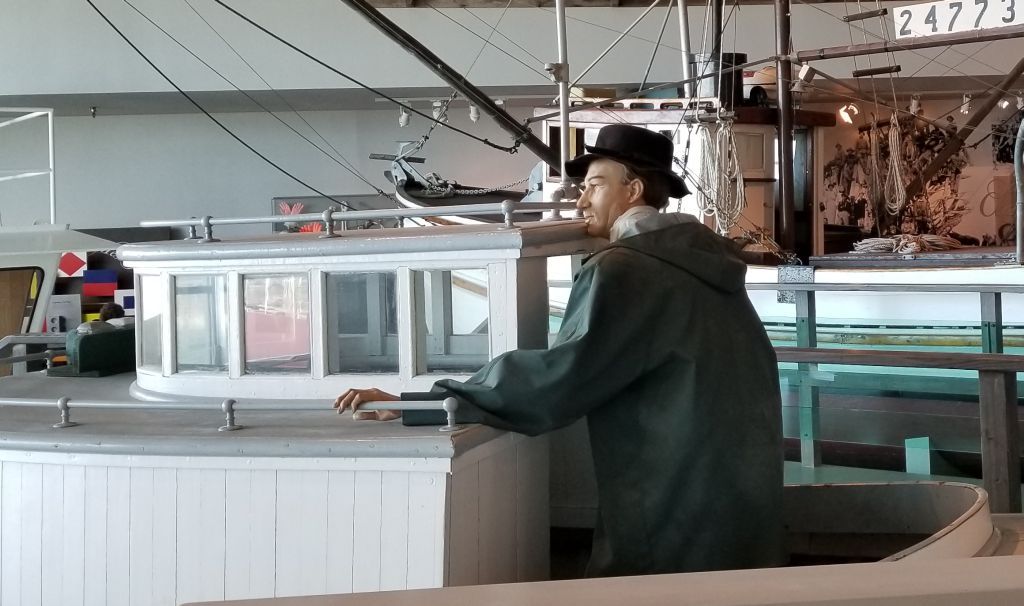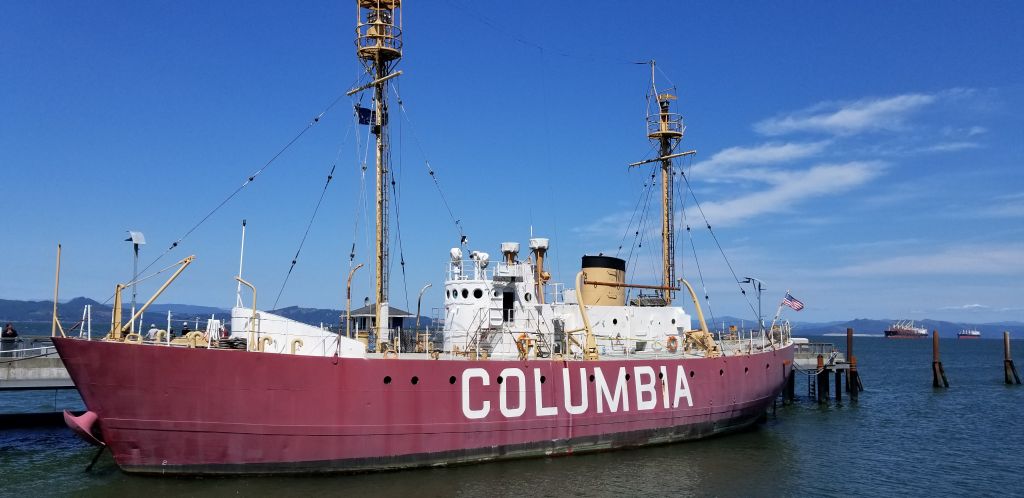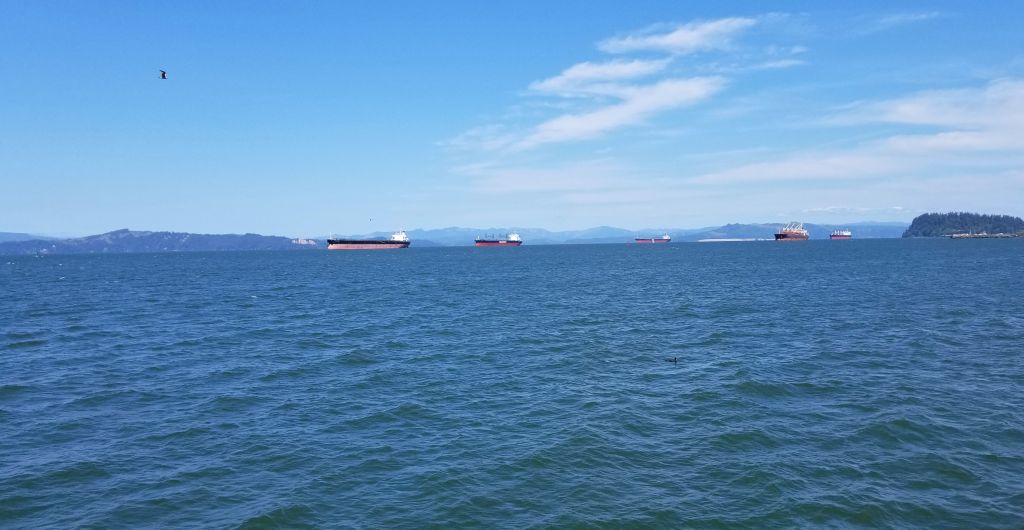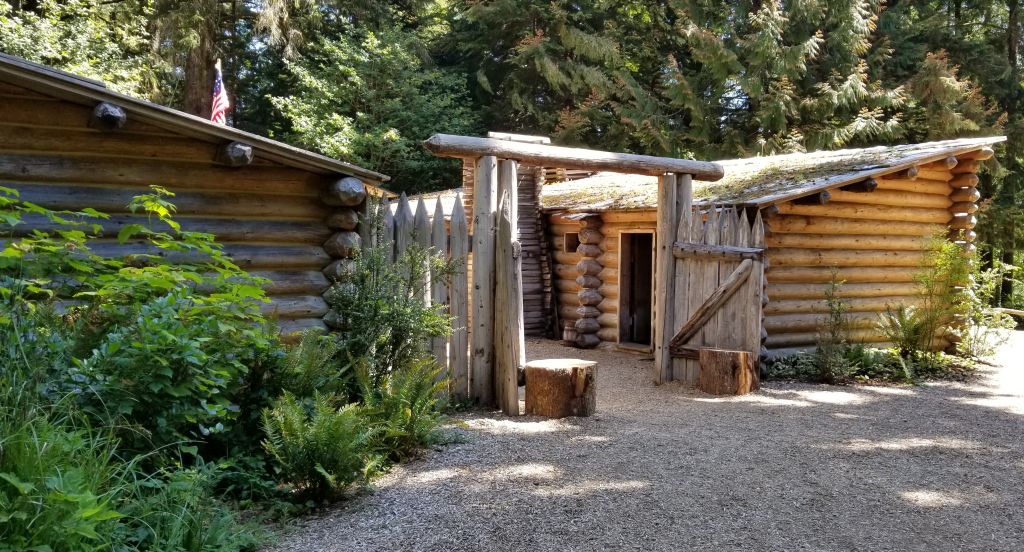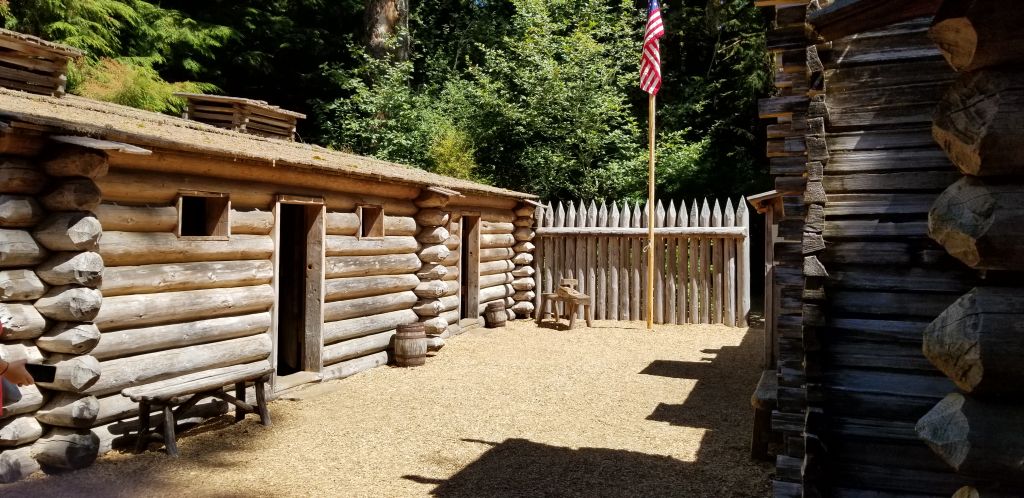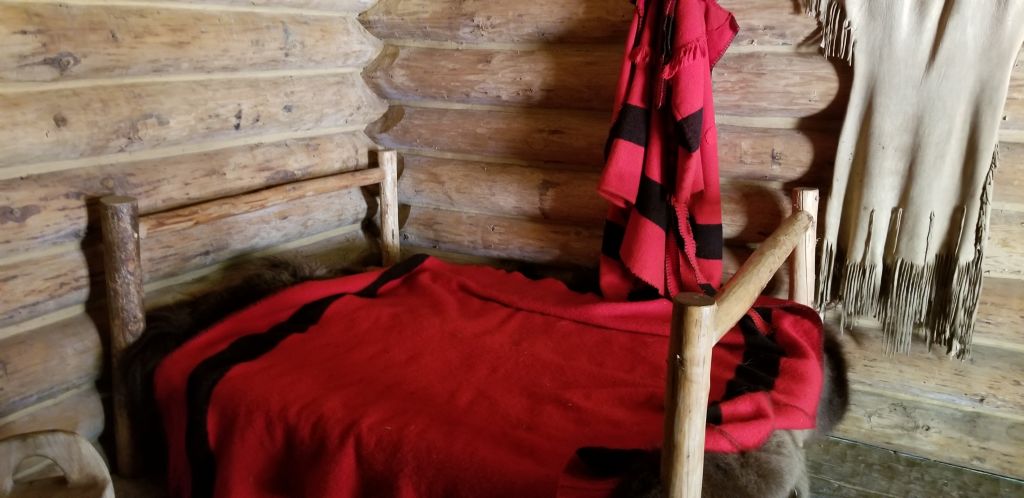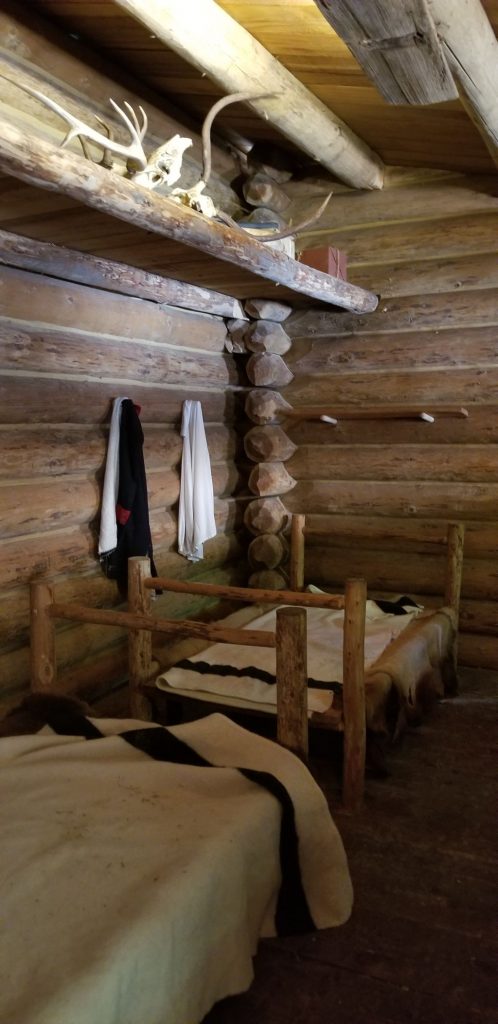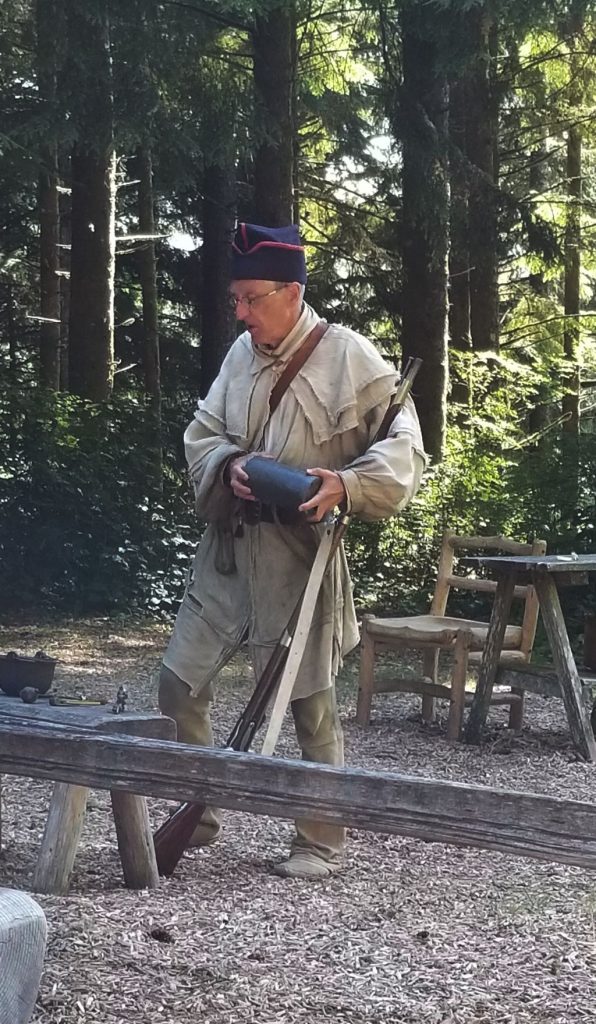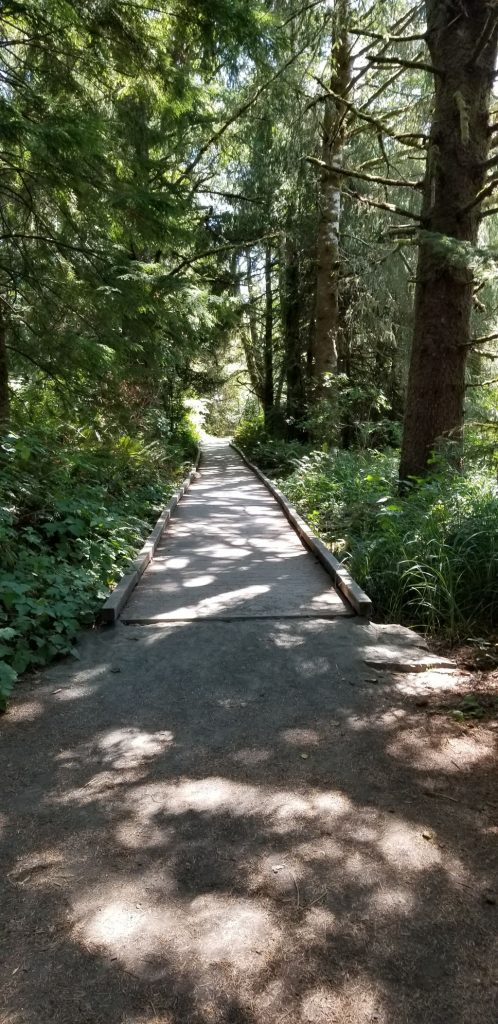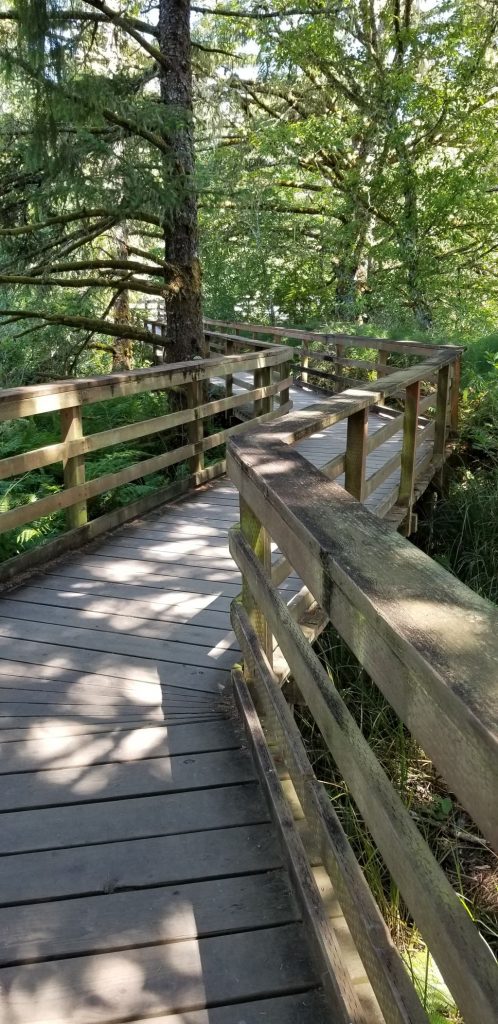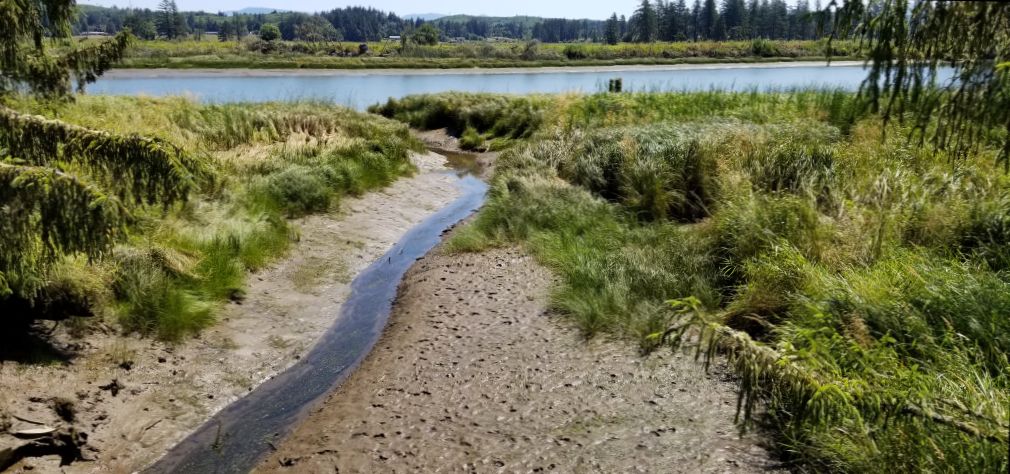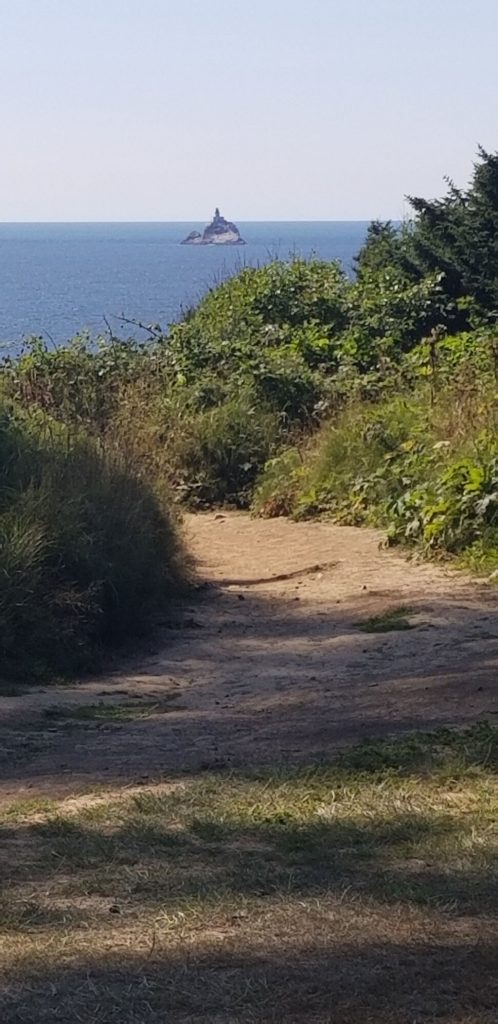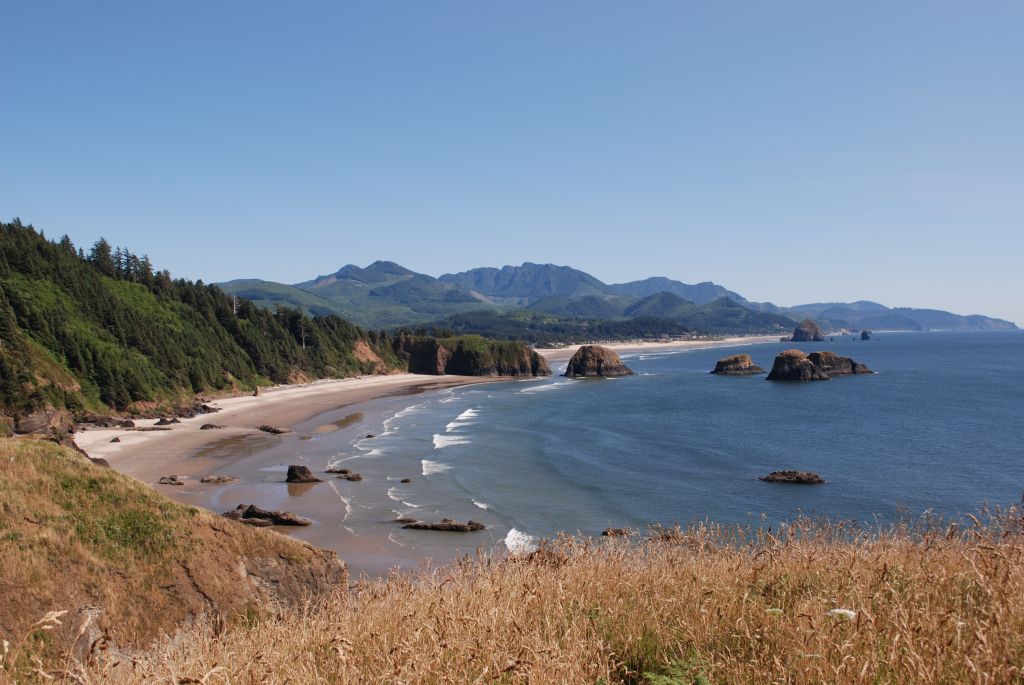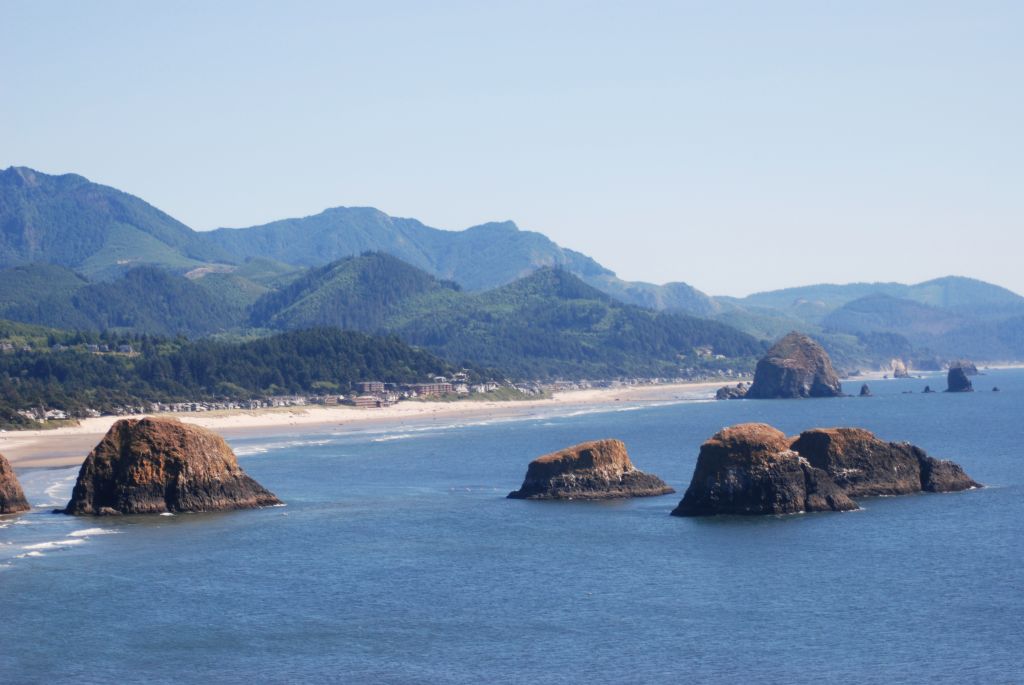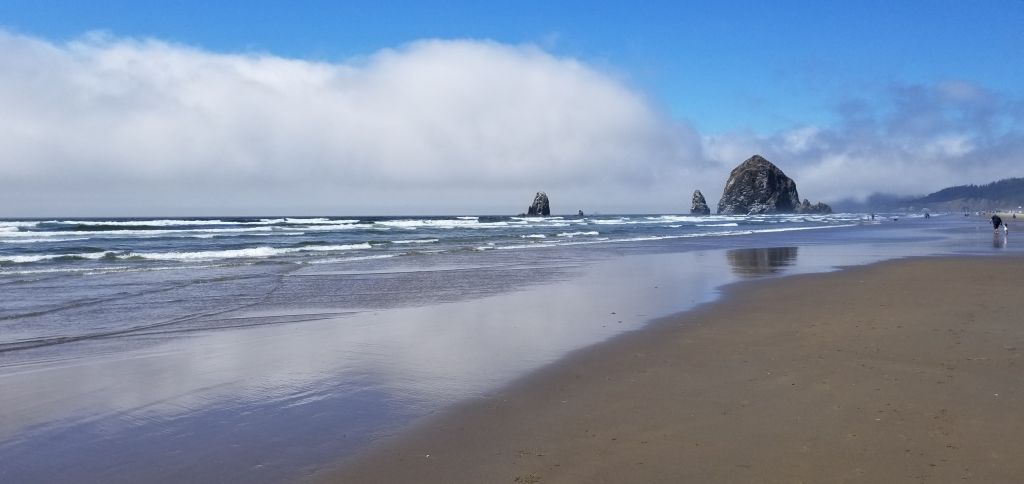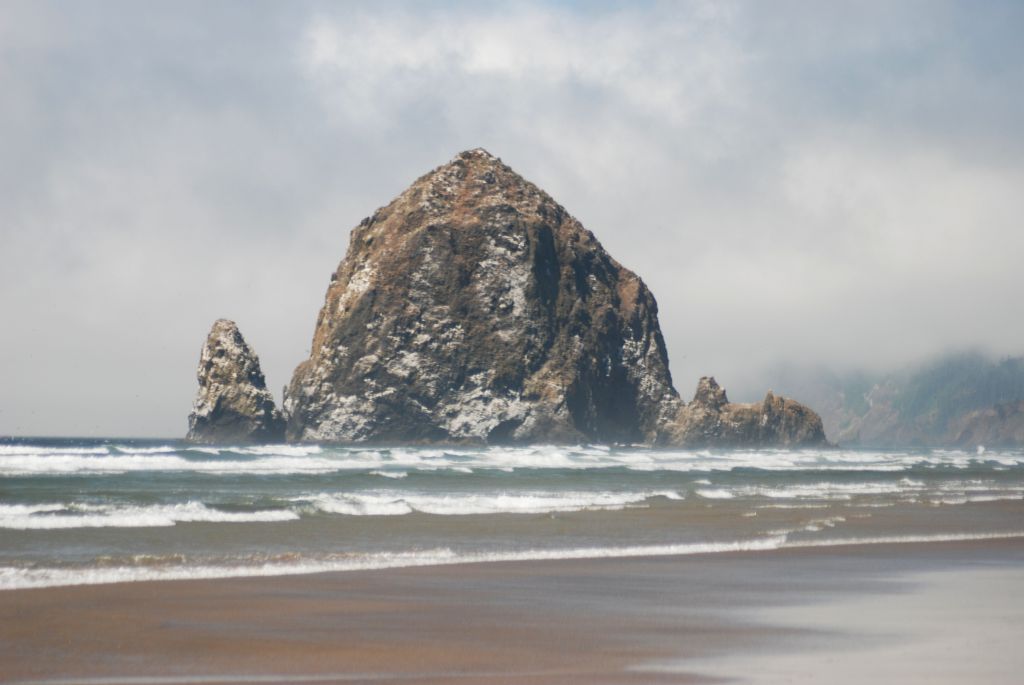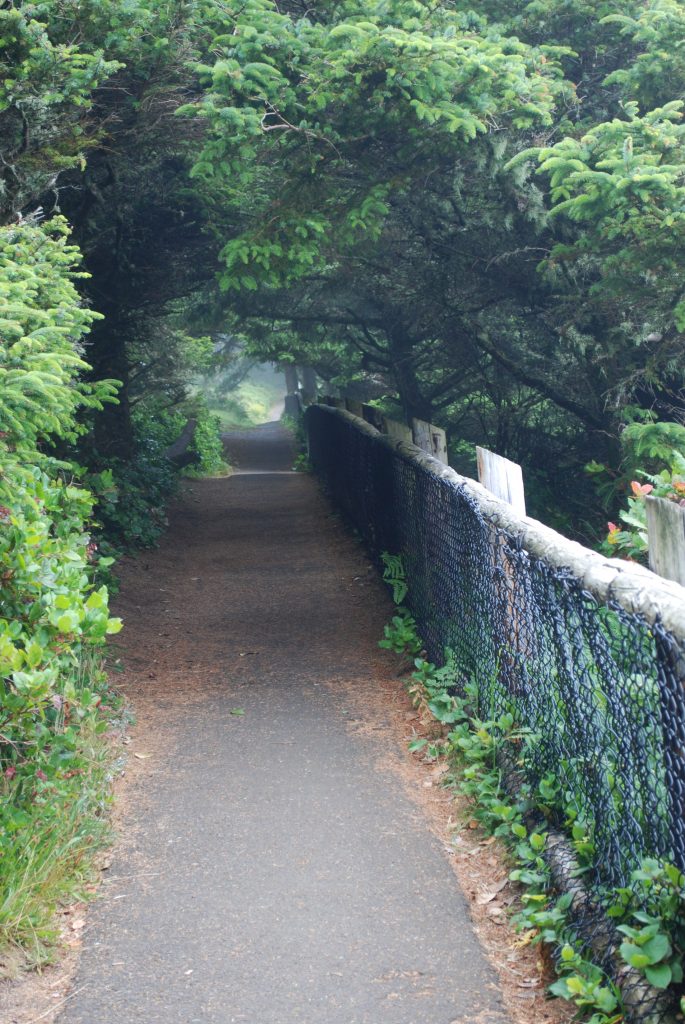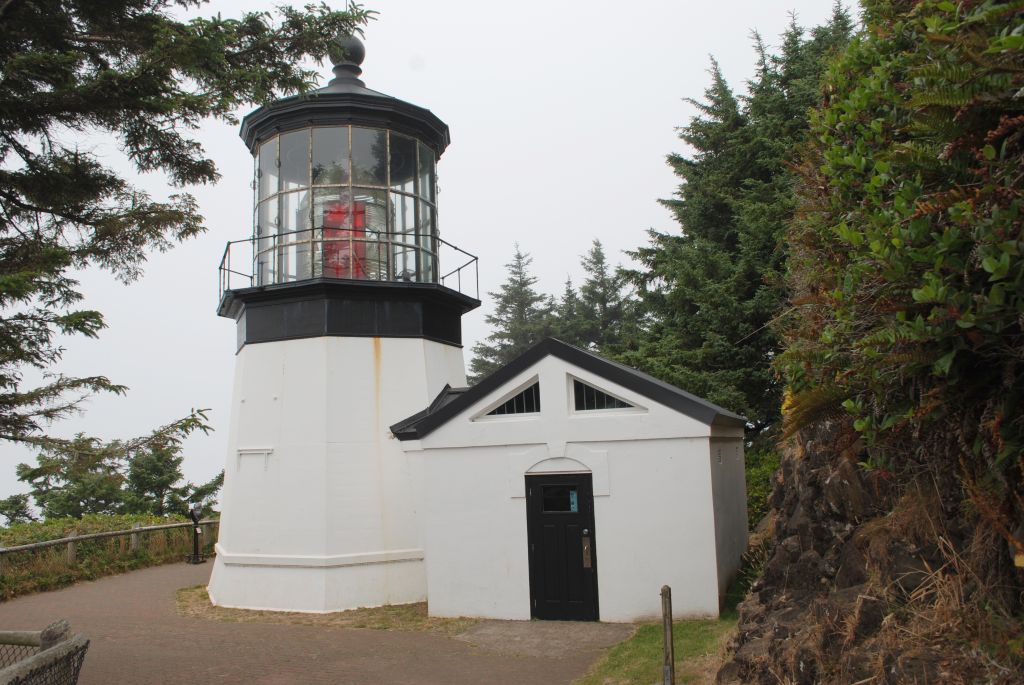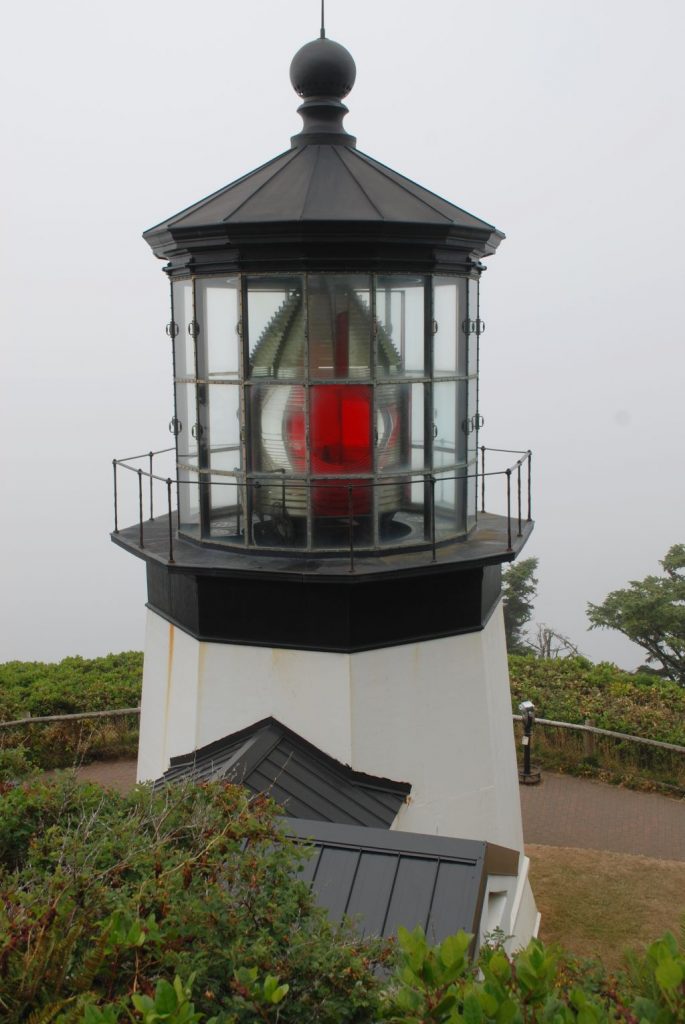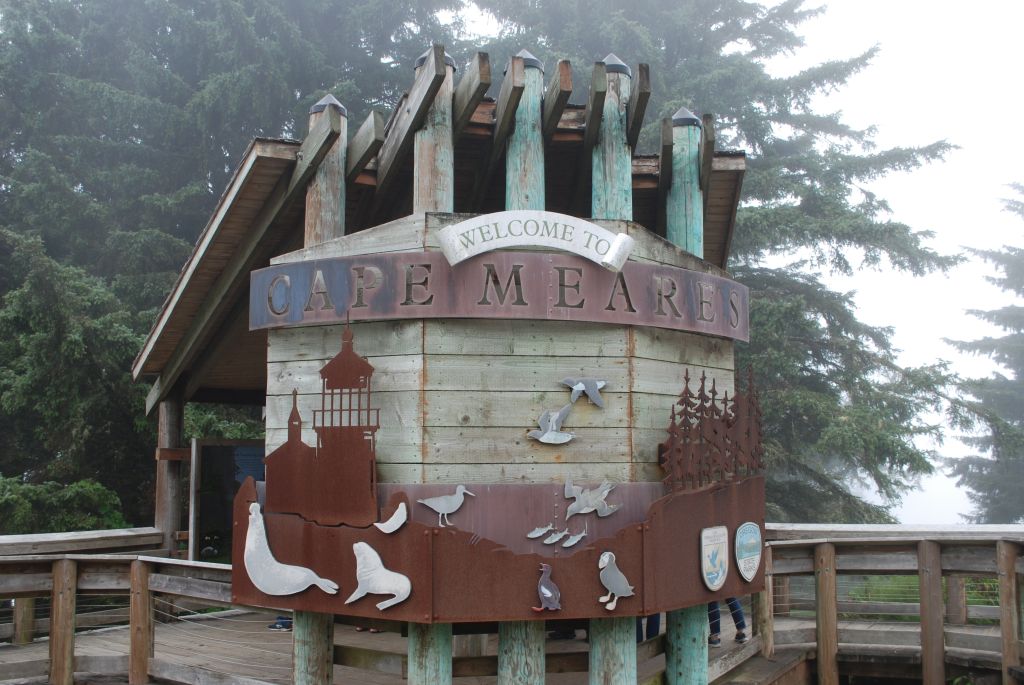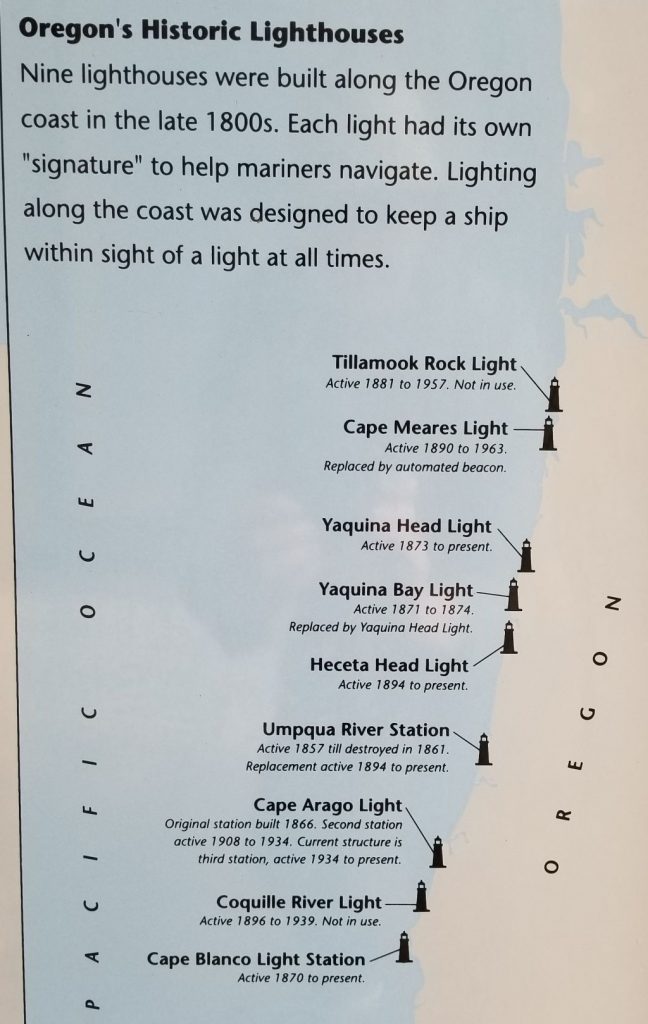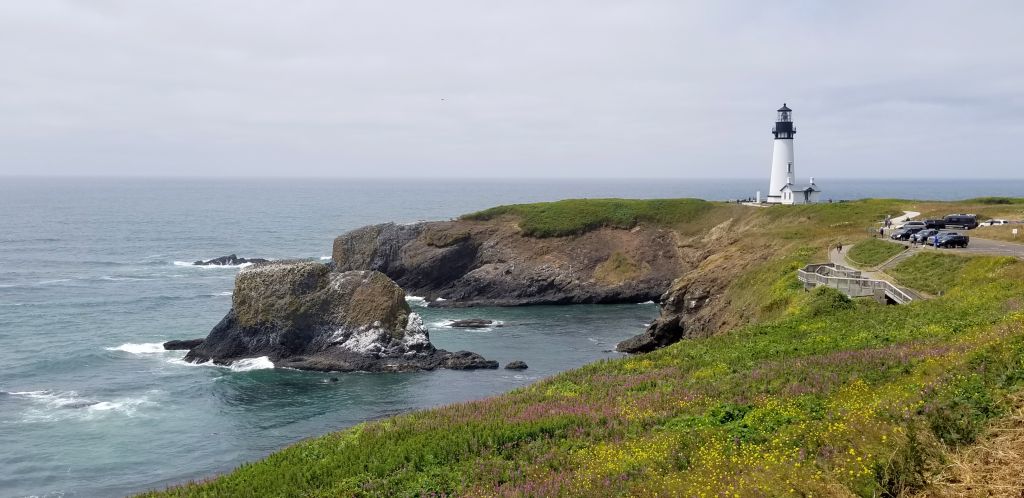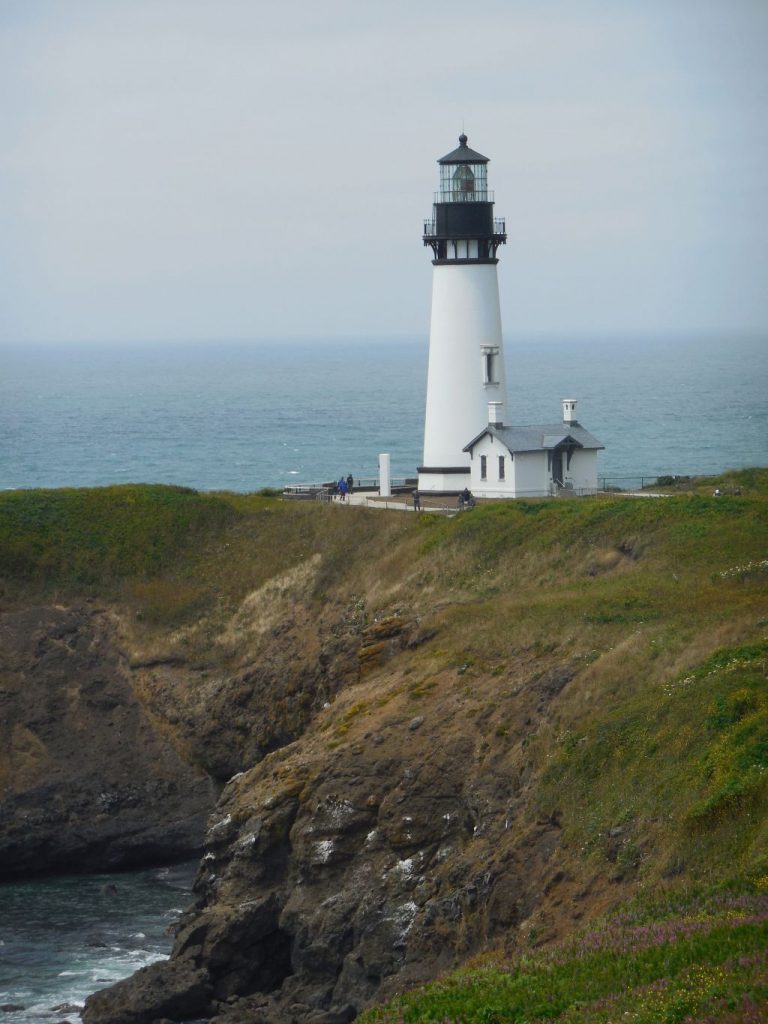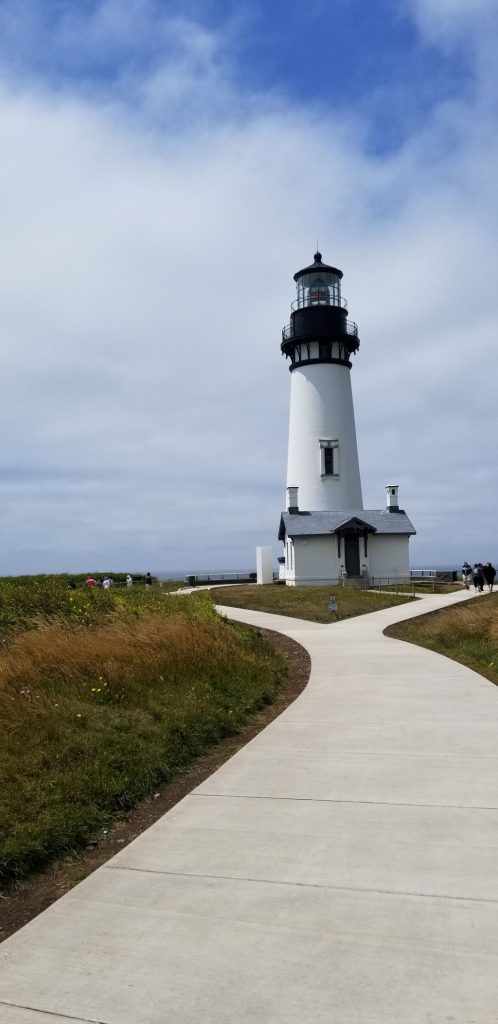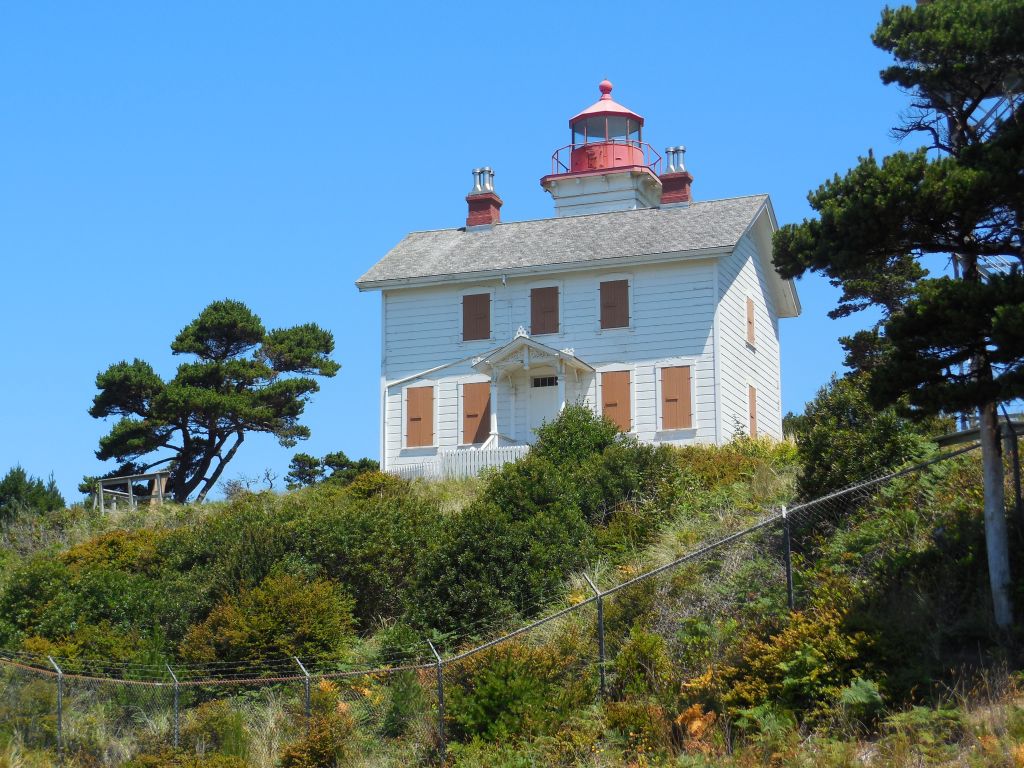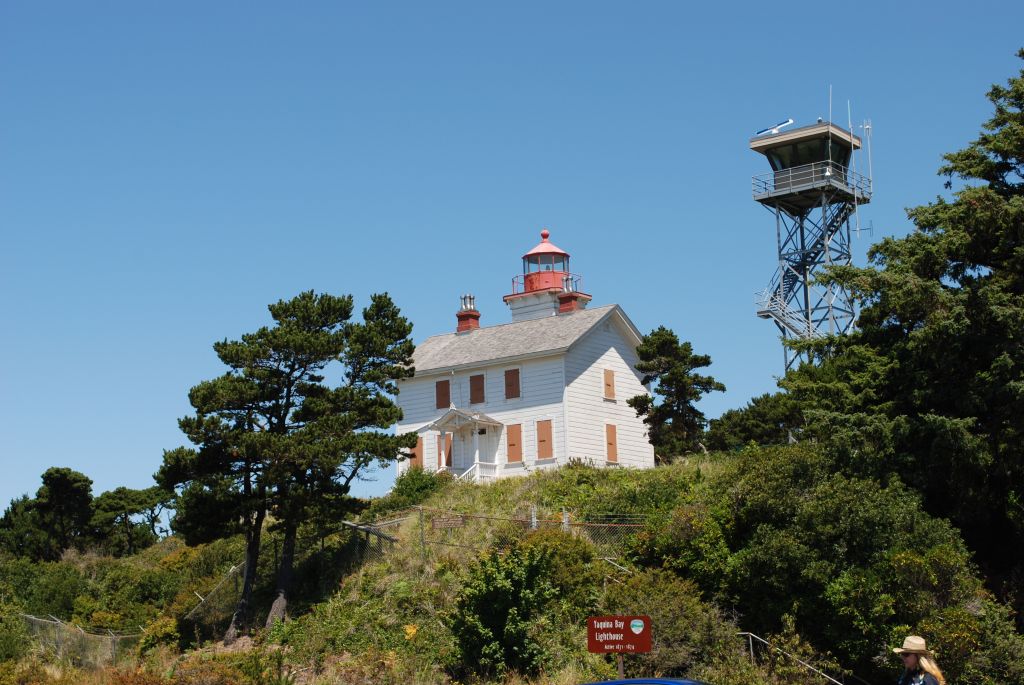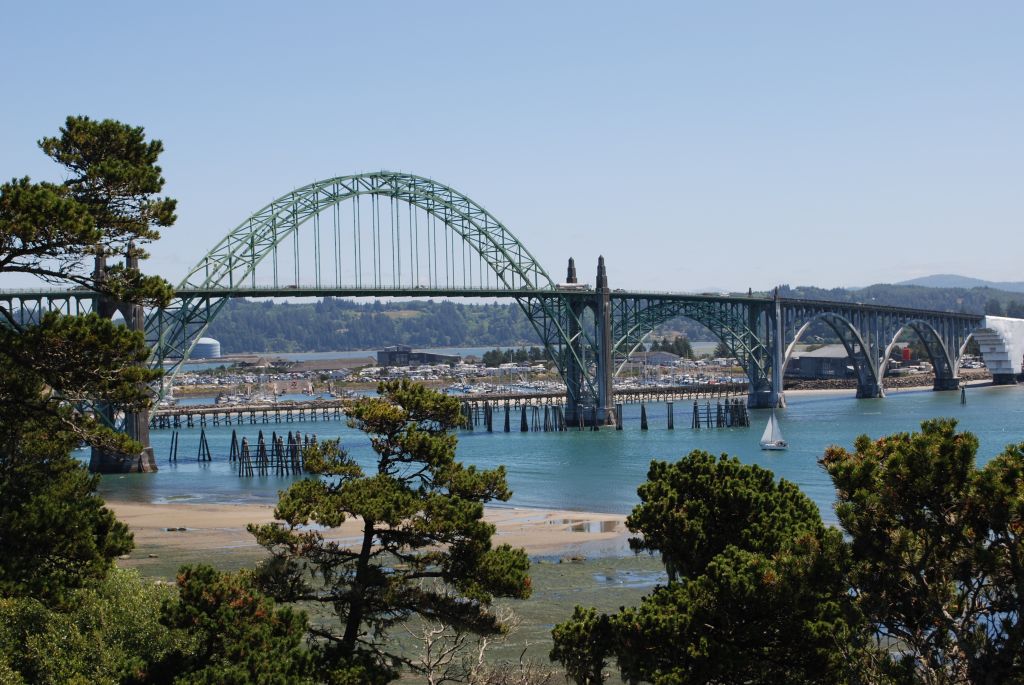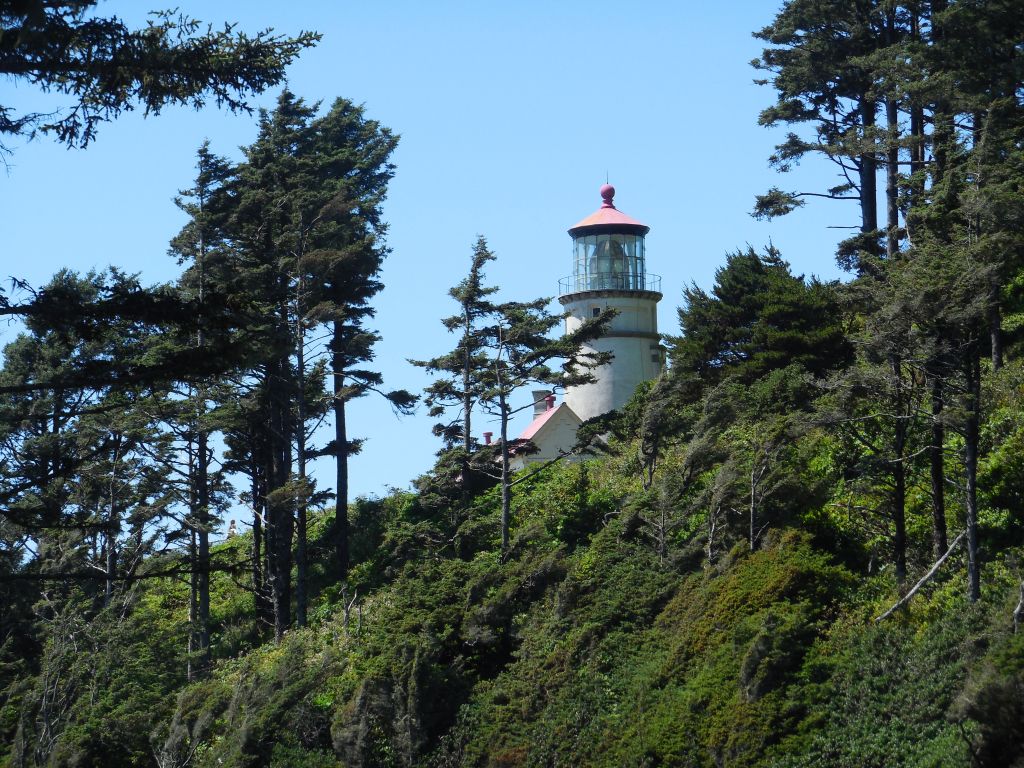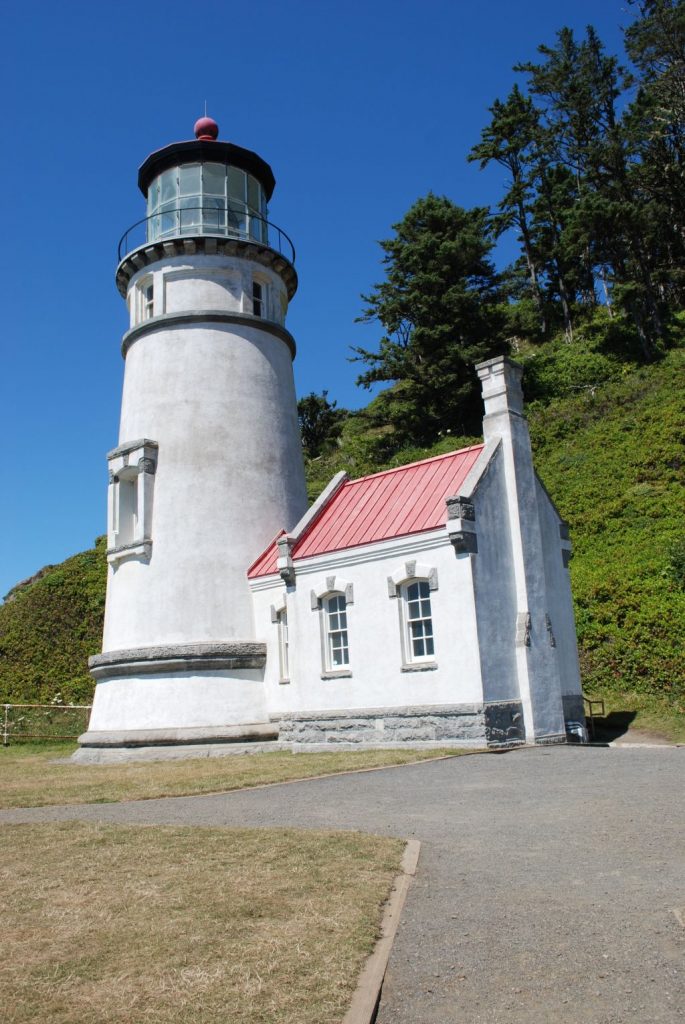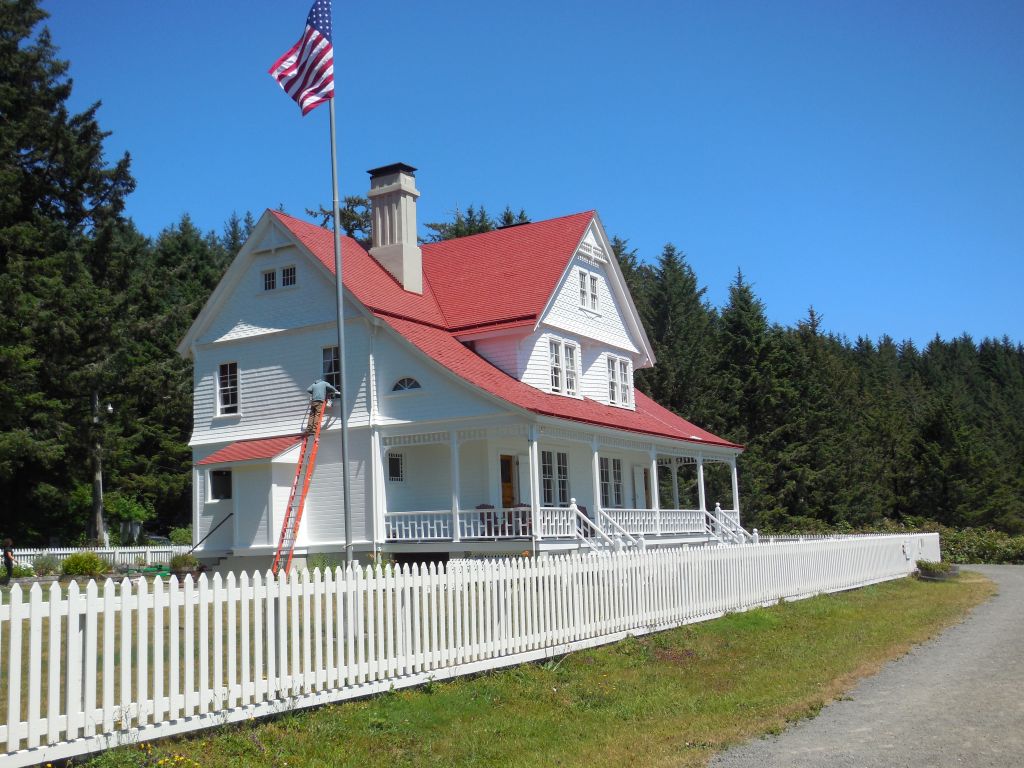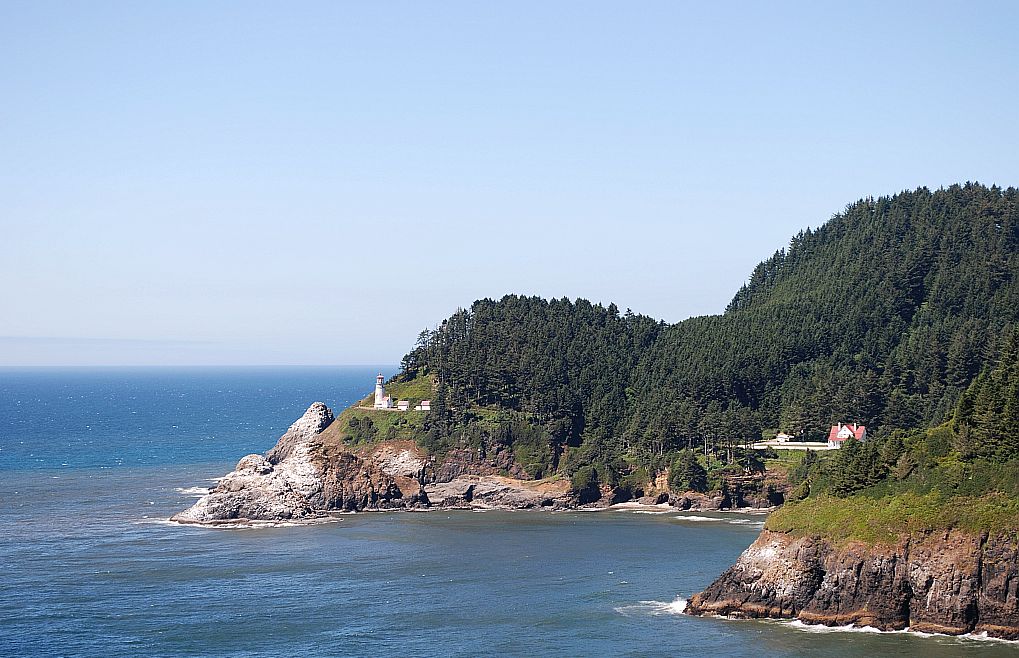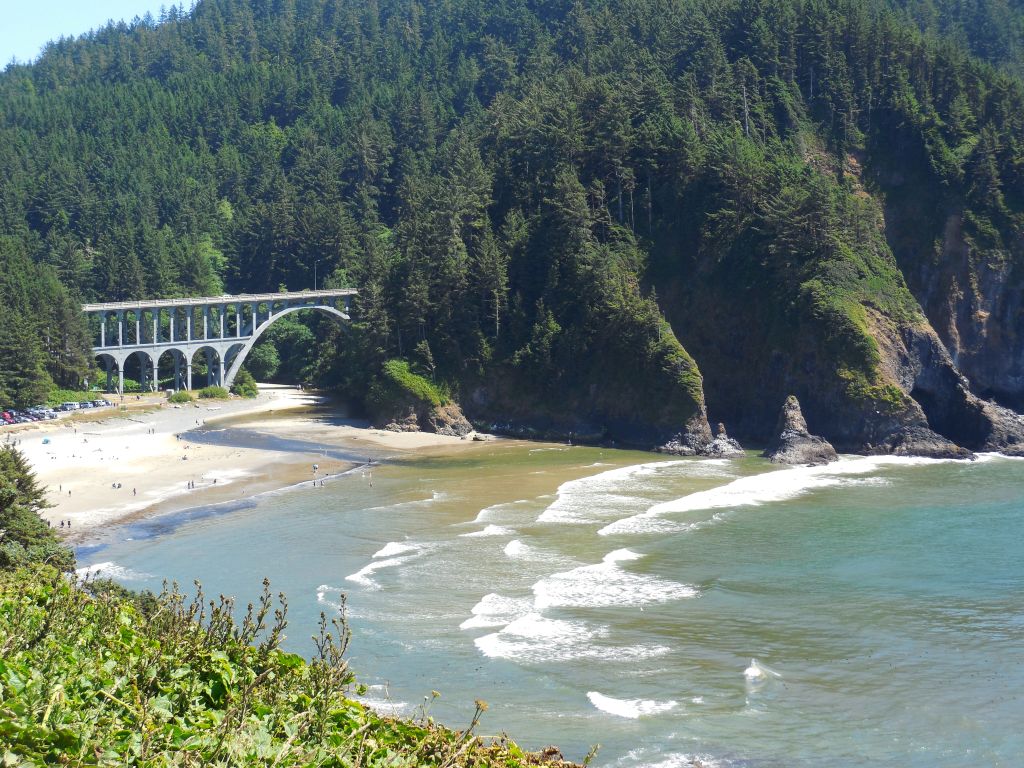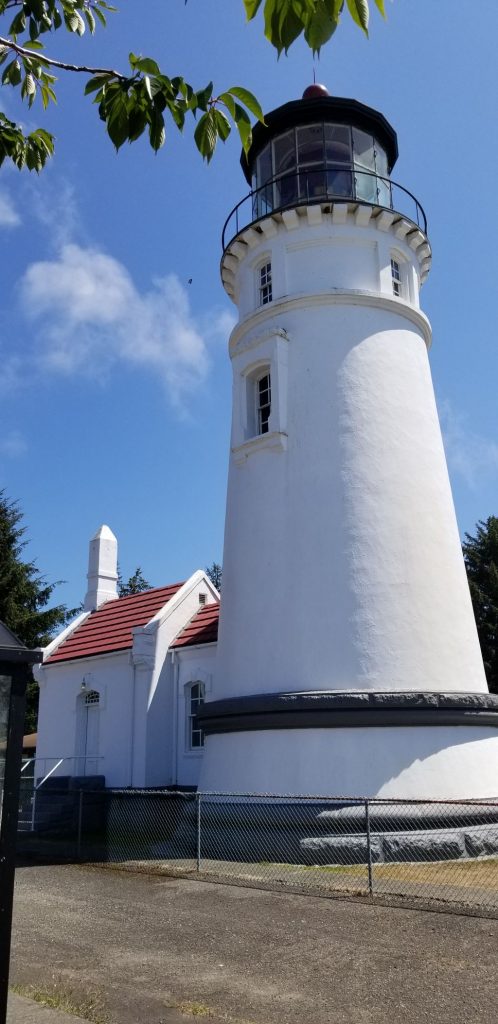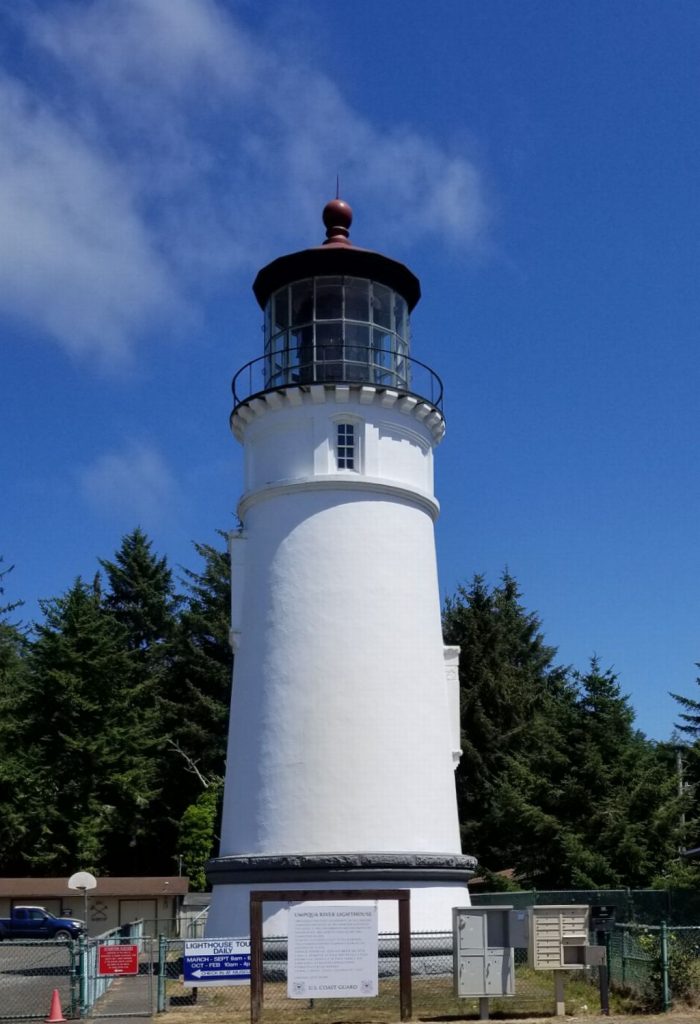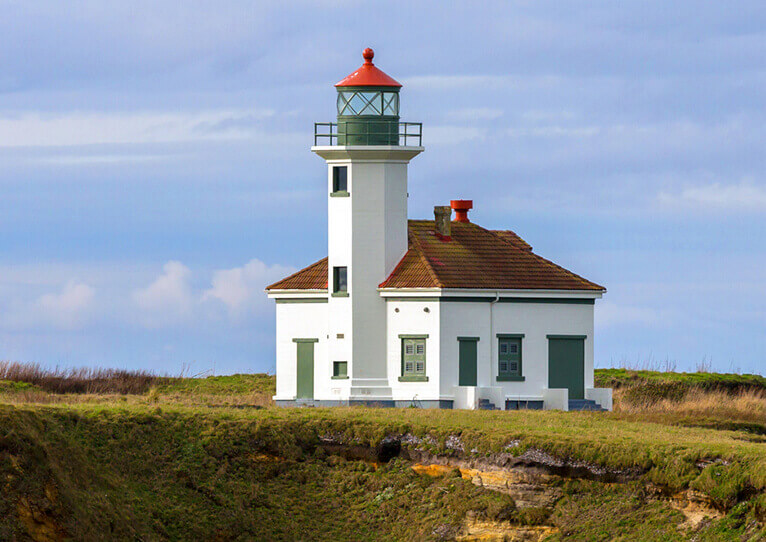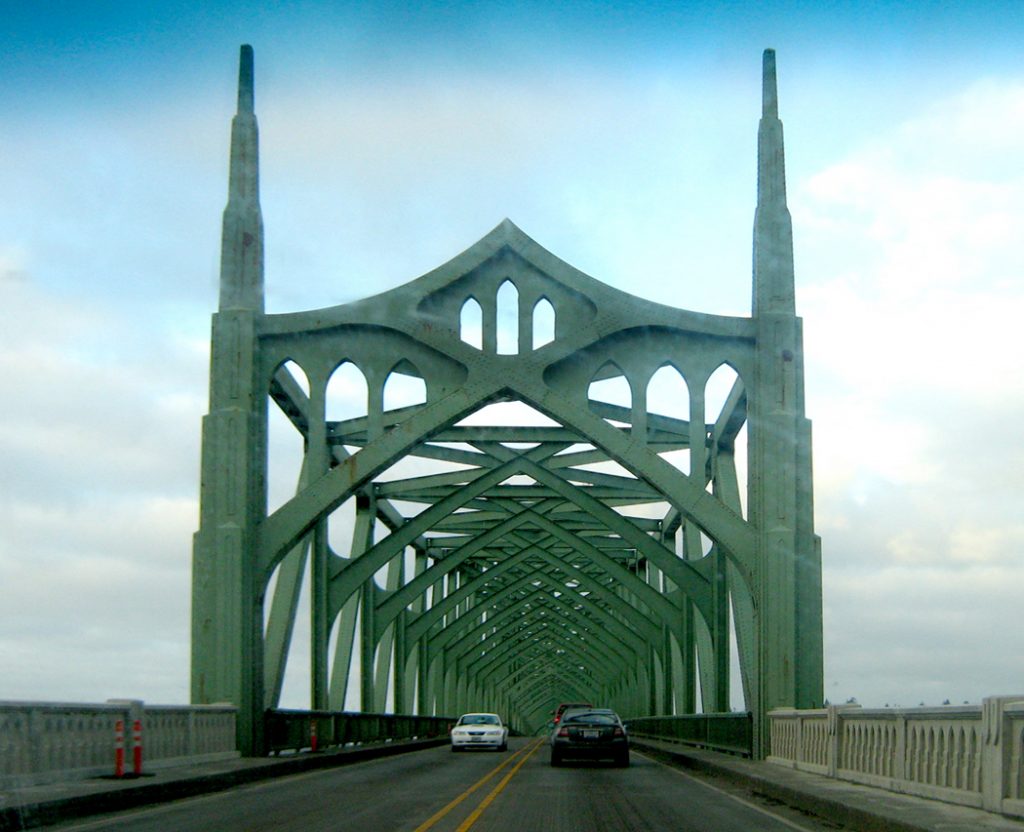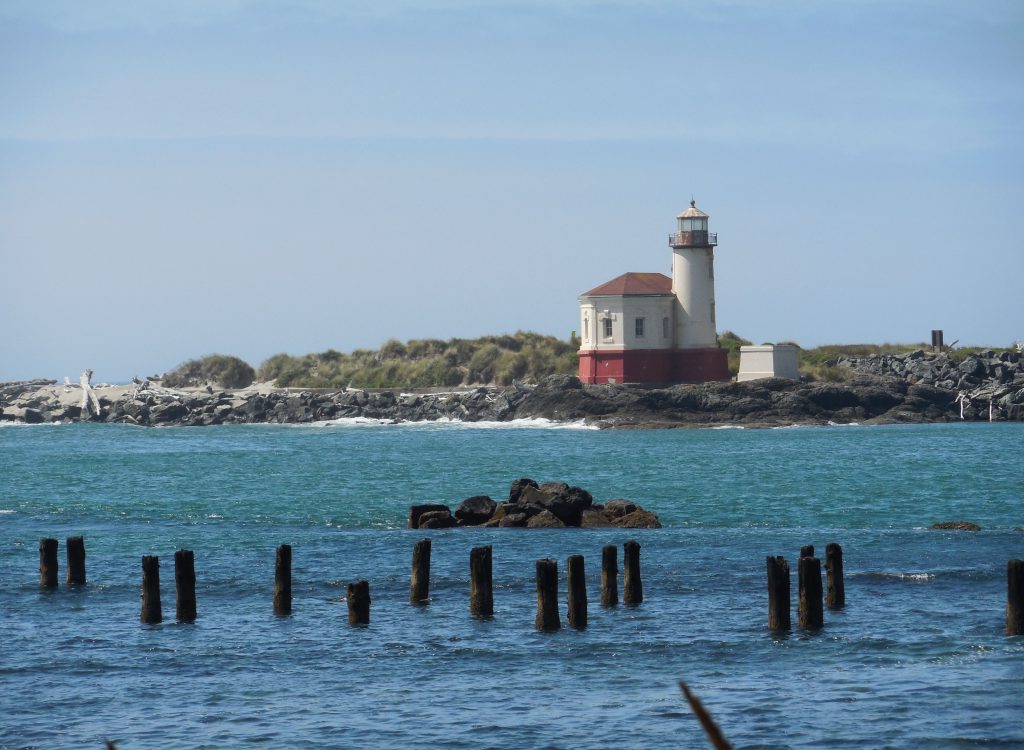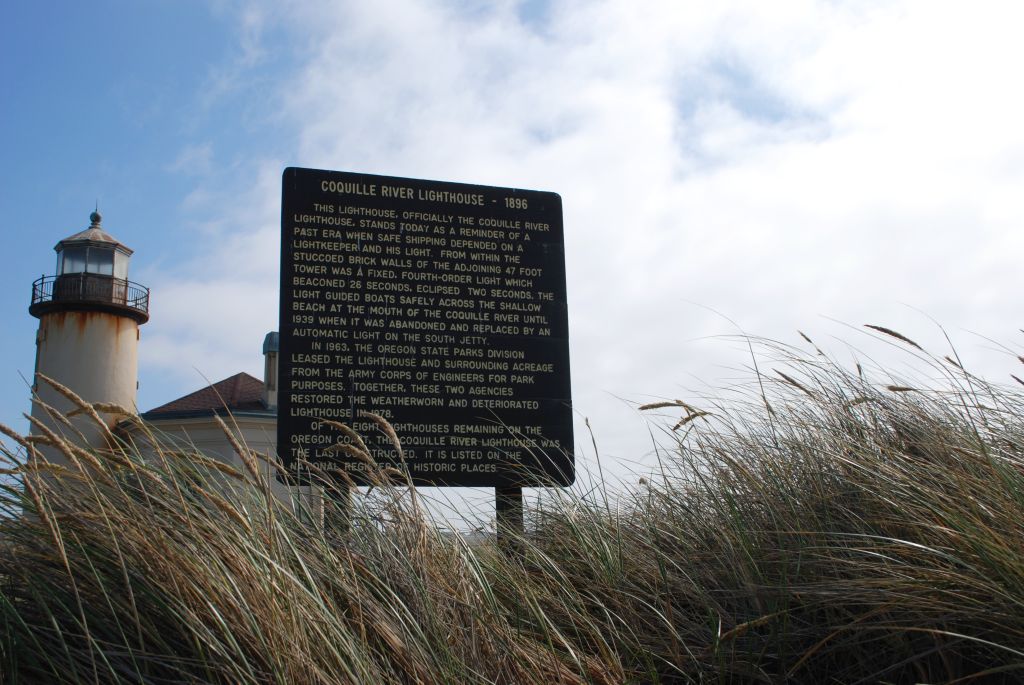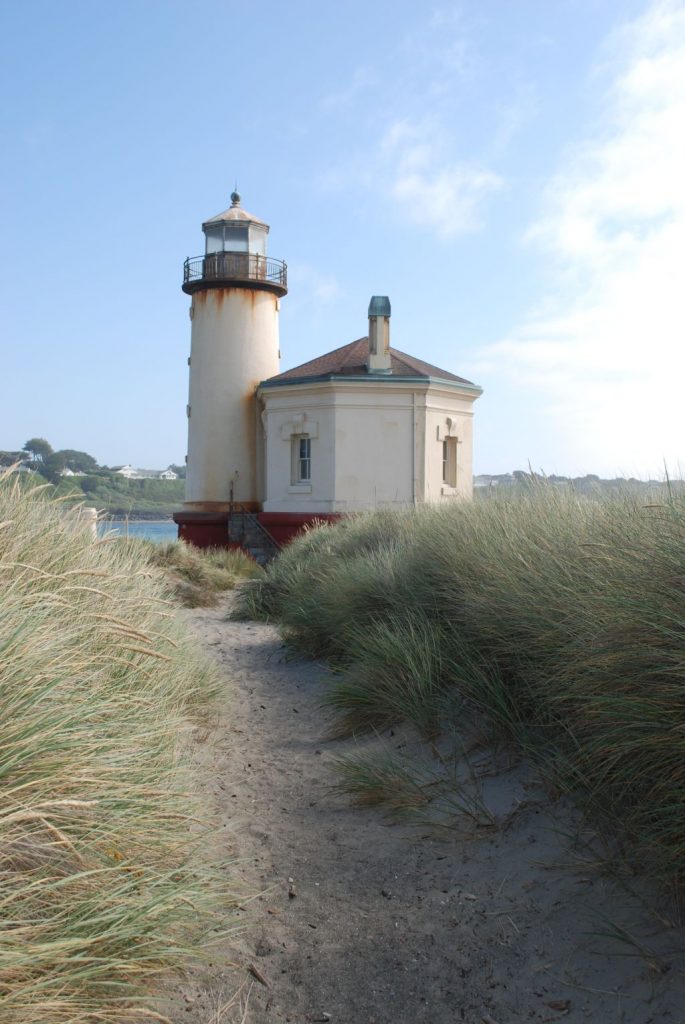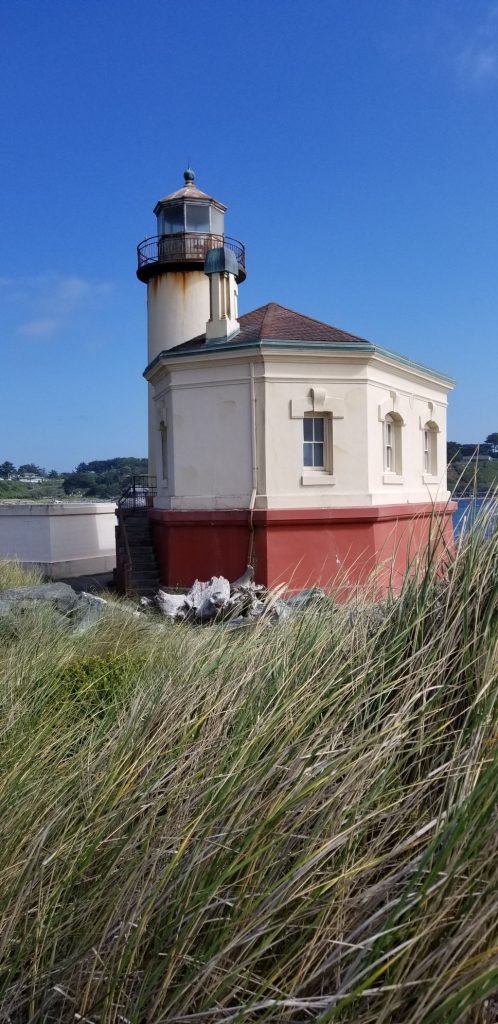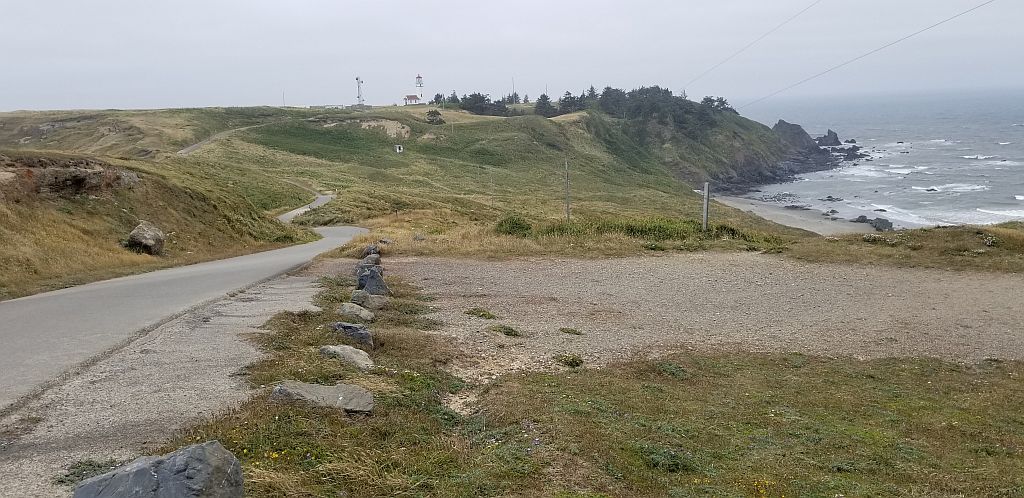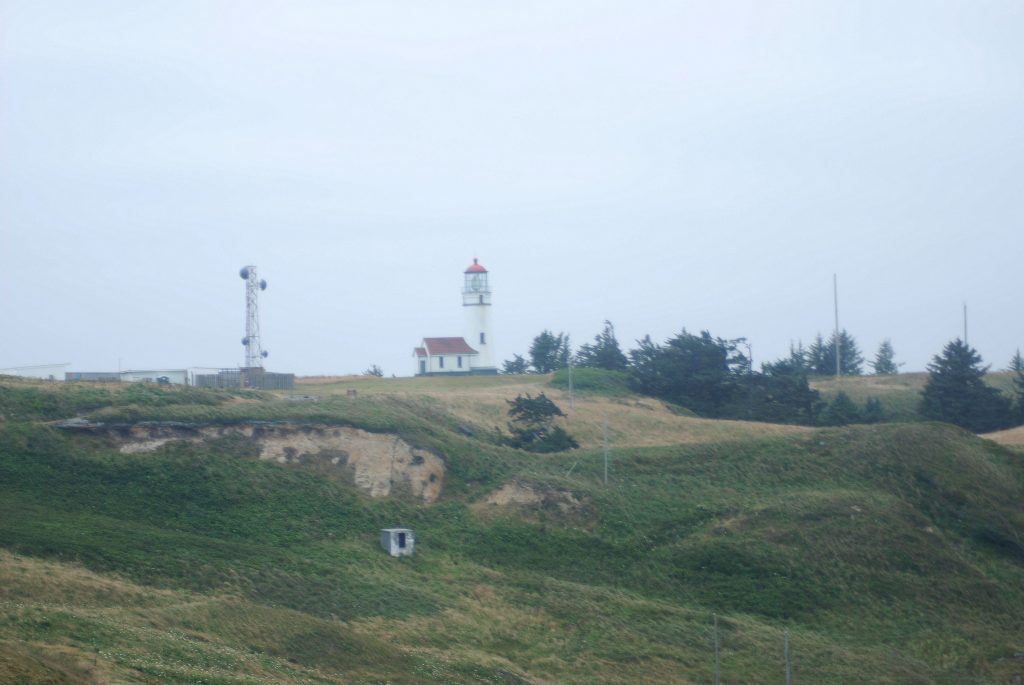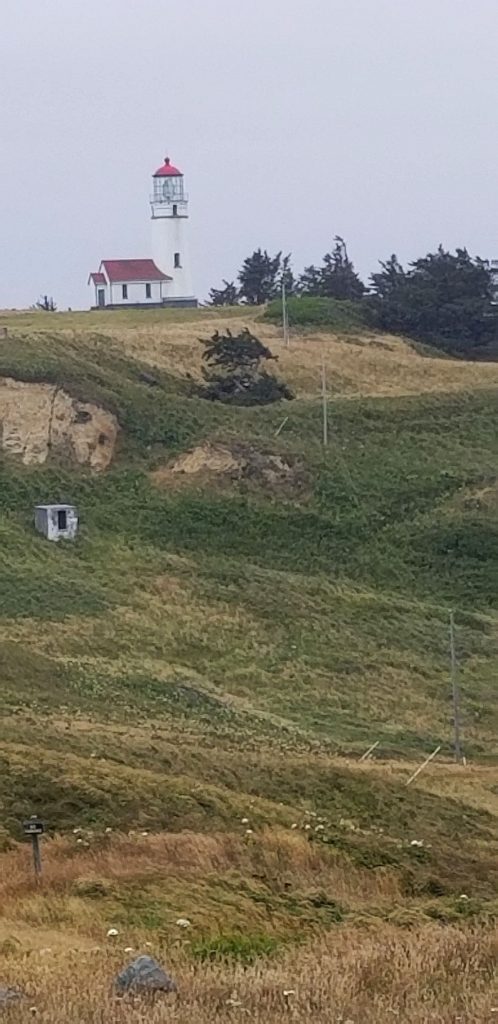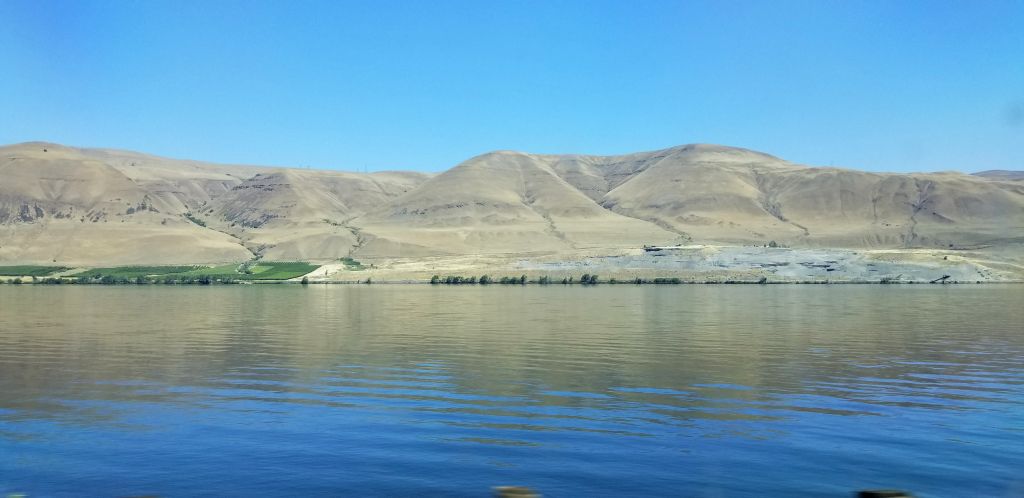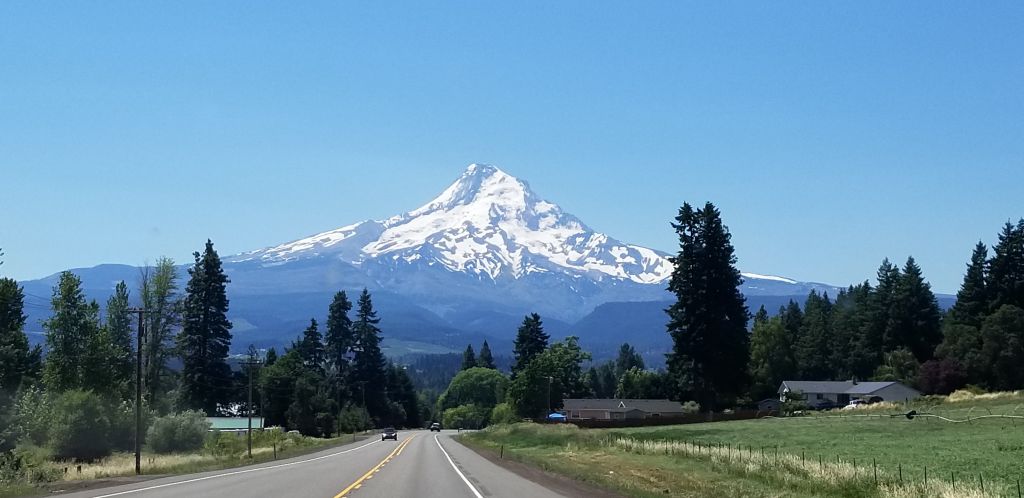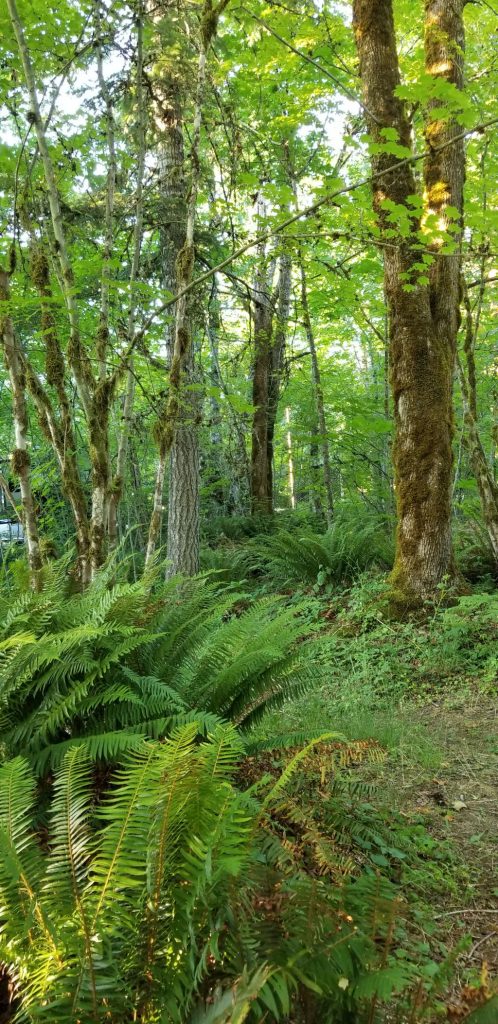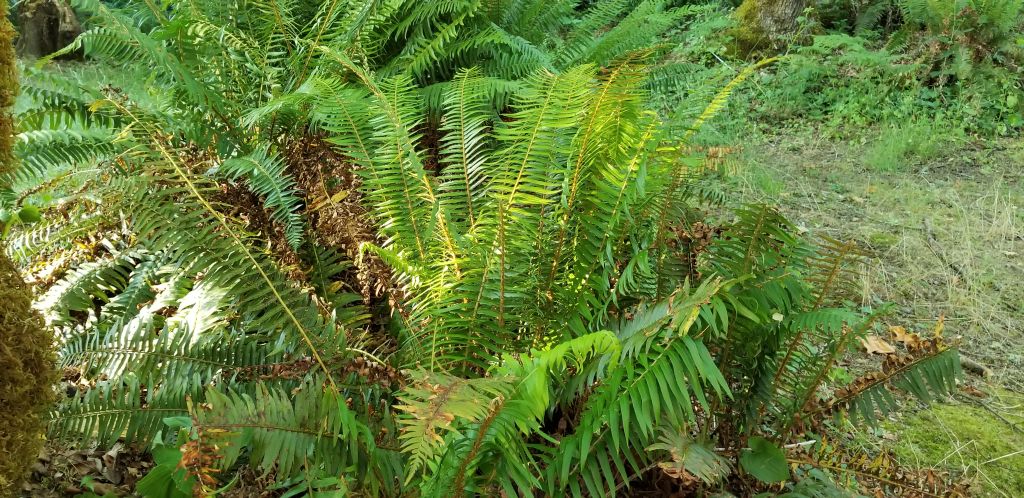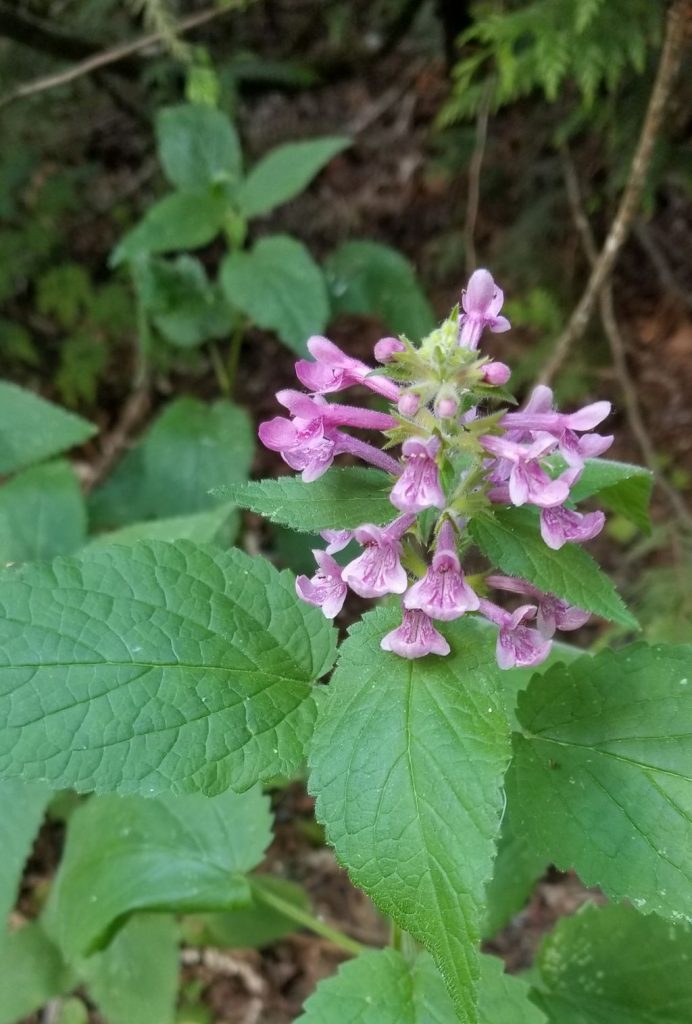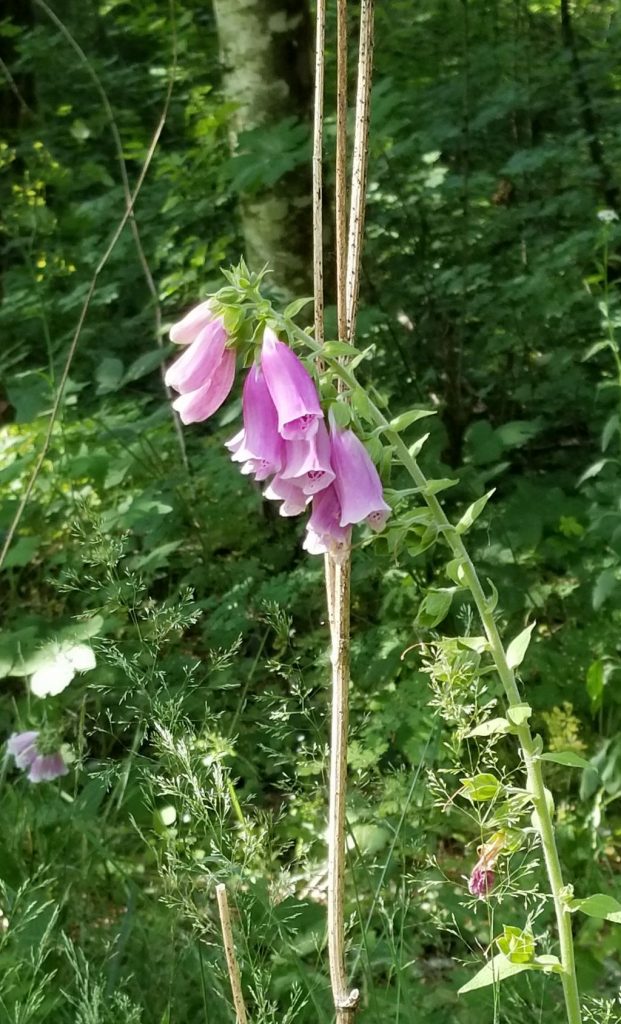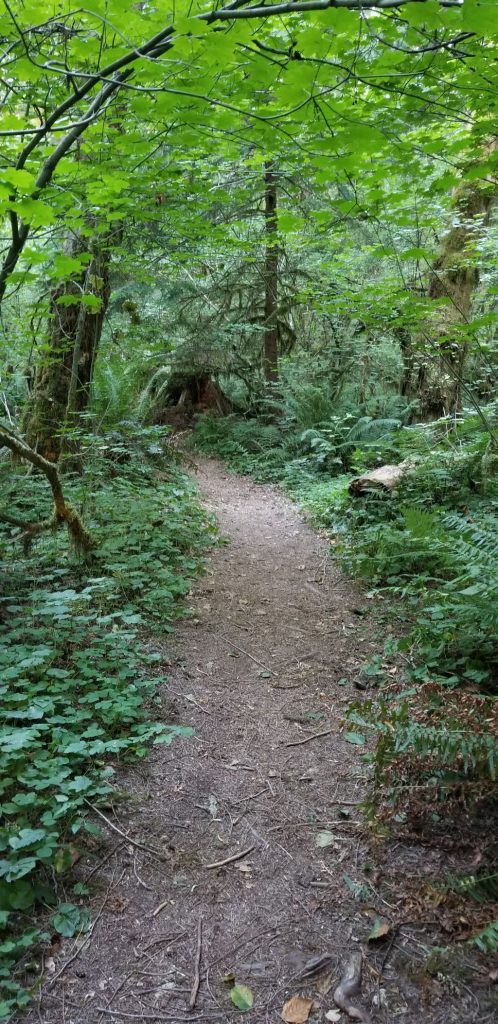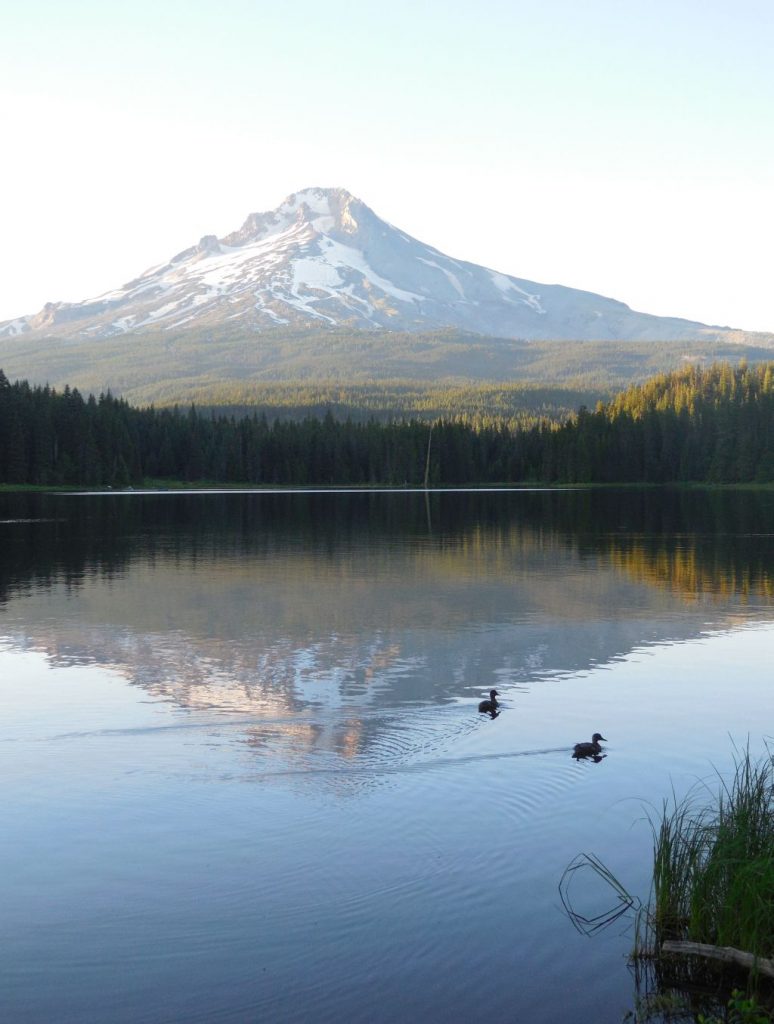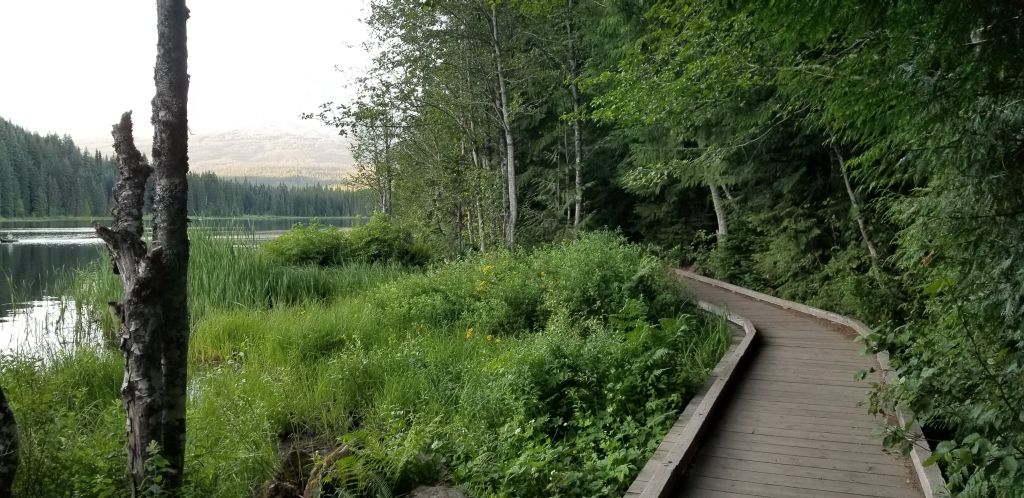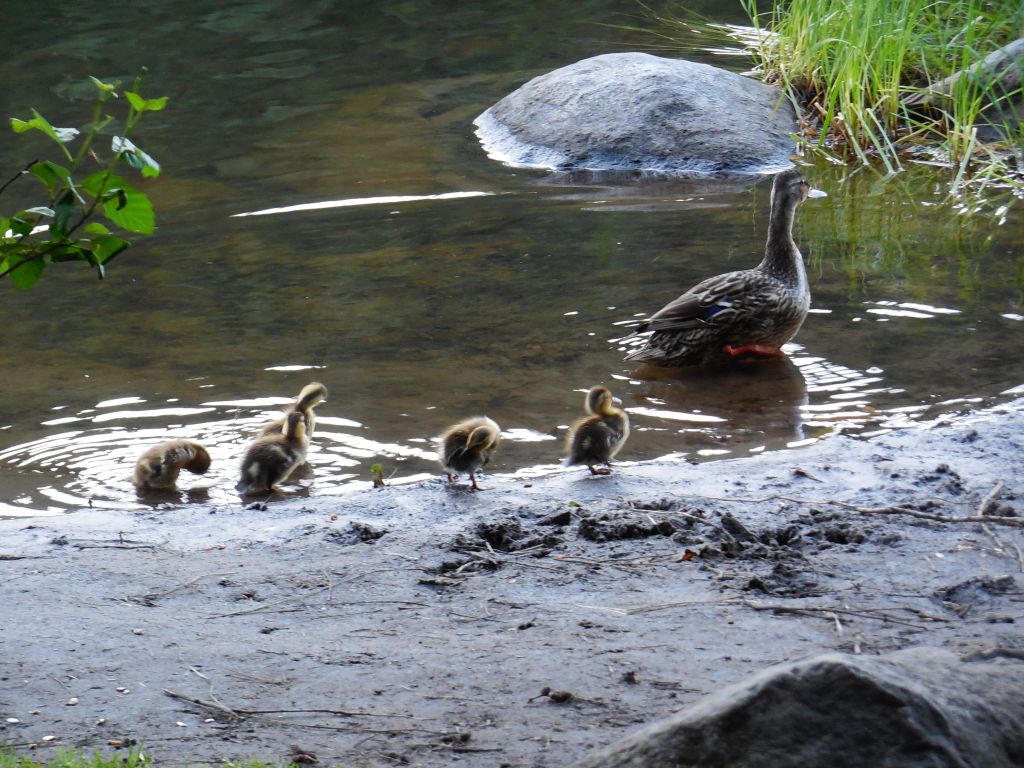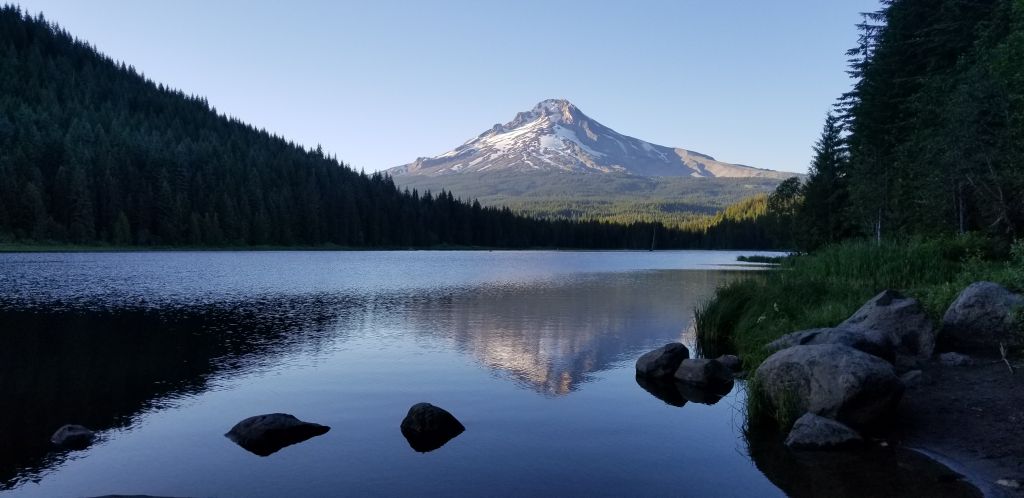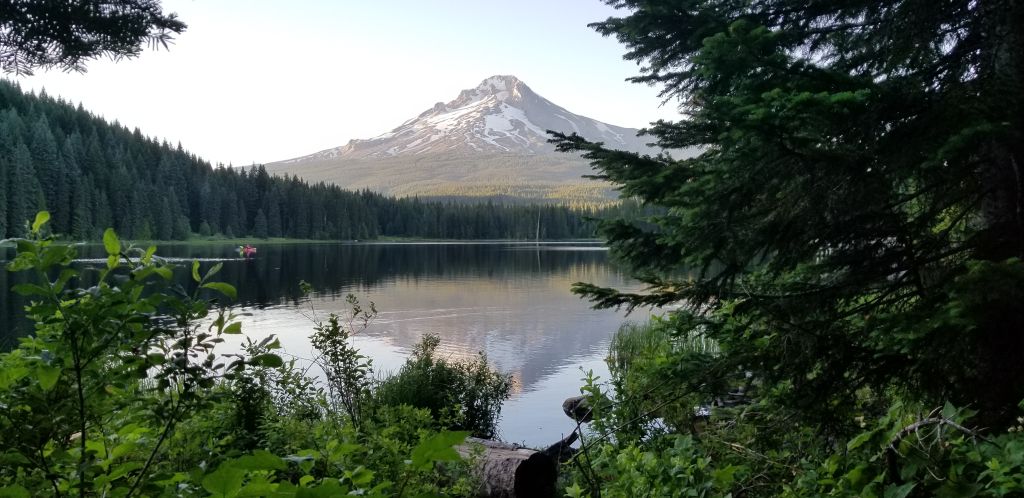About three quarters of the way up the coast of Oregon lies Cloverdale, in Tillamook county where the Tillamook cheese factory is located. Cloverdale is dairy country, as you might have guessed. However, our campground happened to be close to the ocean. In fact, I could see the ocean when I climbed the hills on my walks around the campground.
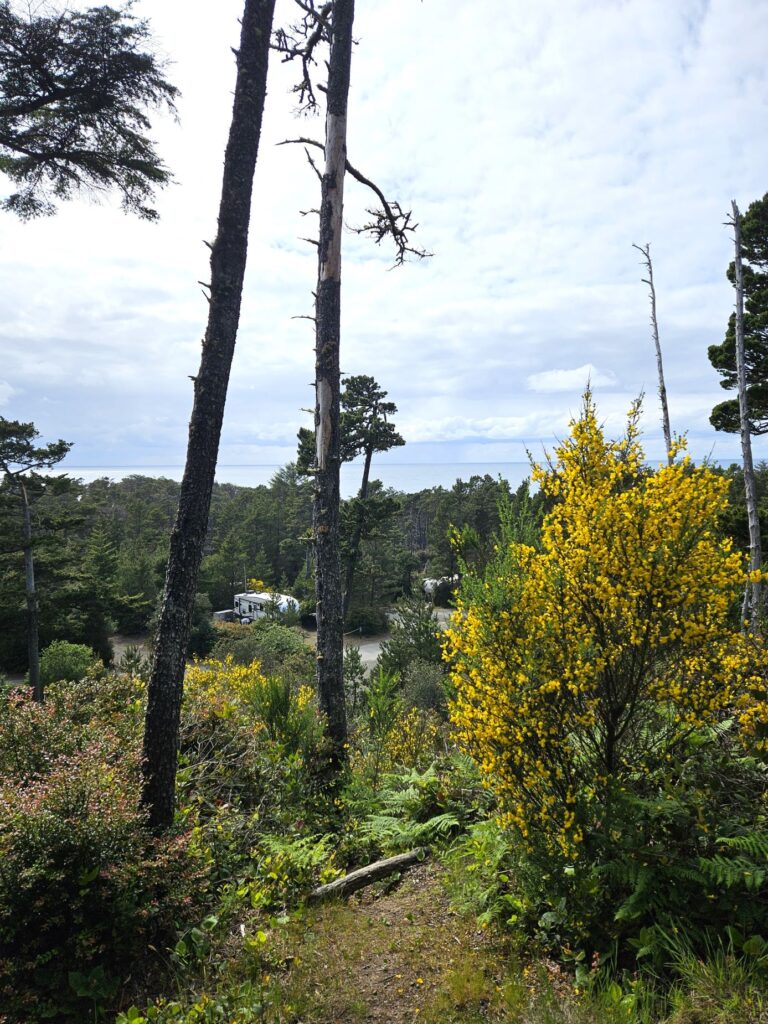
Wild rhododendrons grew throughout the campground, and yellow broom bushes were splashes of bright color that contrasted with the greenery.
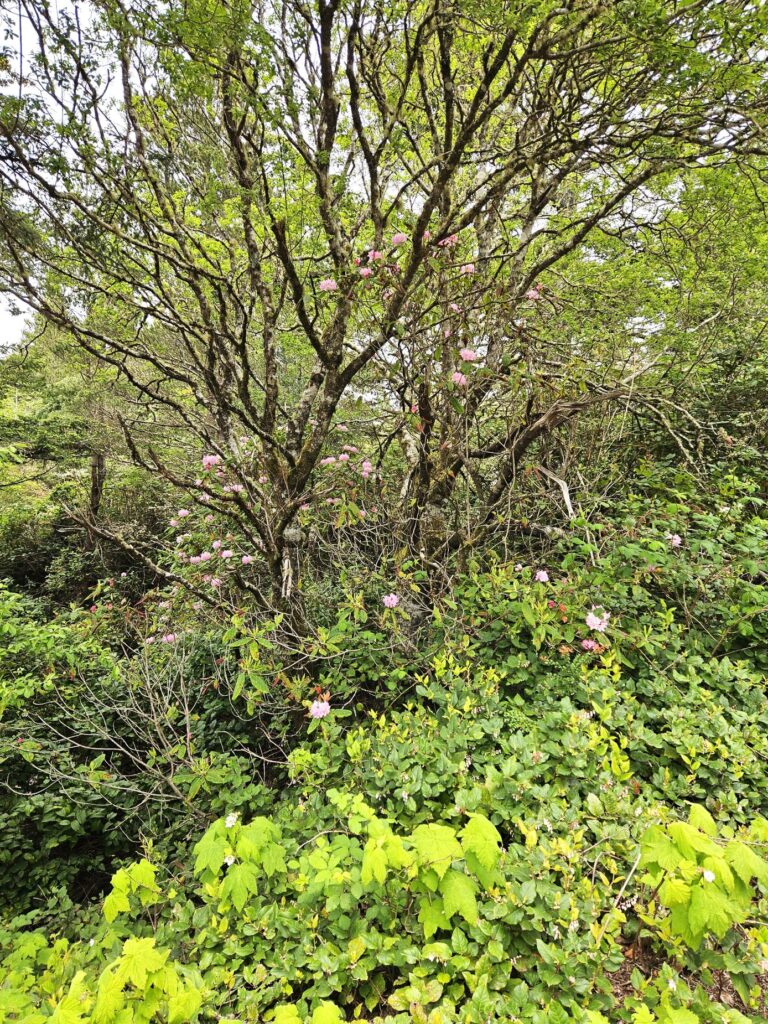
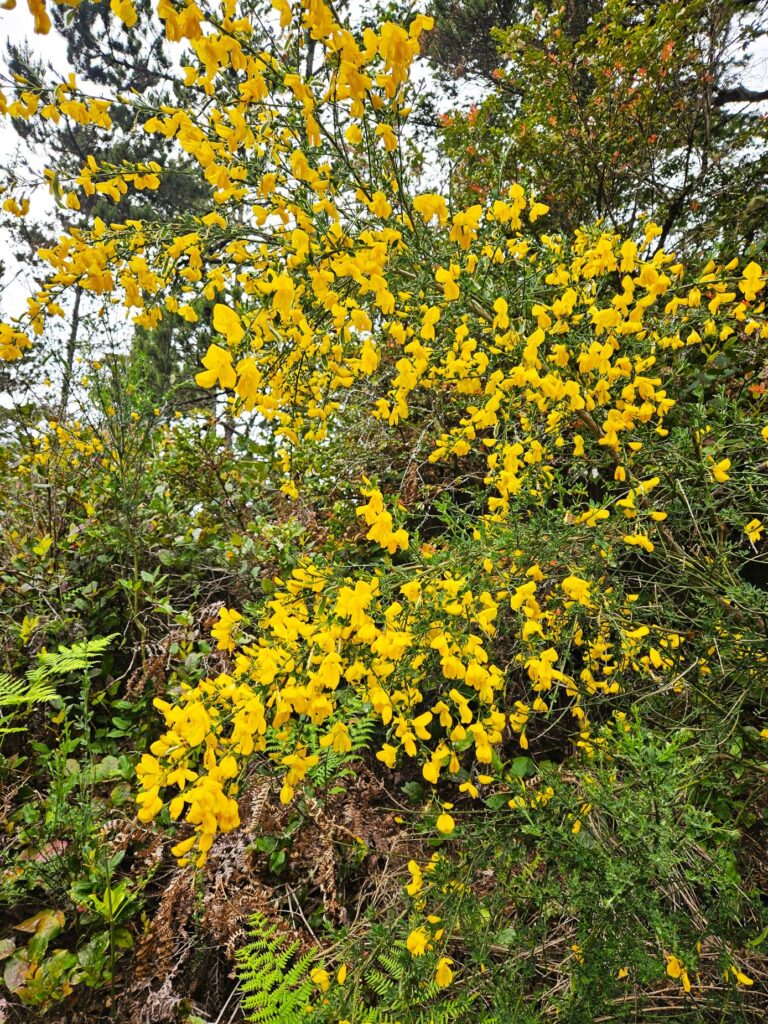
The campground had a trail that led to the ocean. It wound through the trees, across the road and down to the beach below. I followed it far enough to see the ocean and then turned back. I didn’t trust myself to go on alone. It was pretty steep, after all.
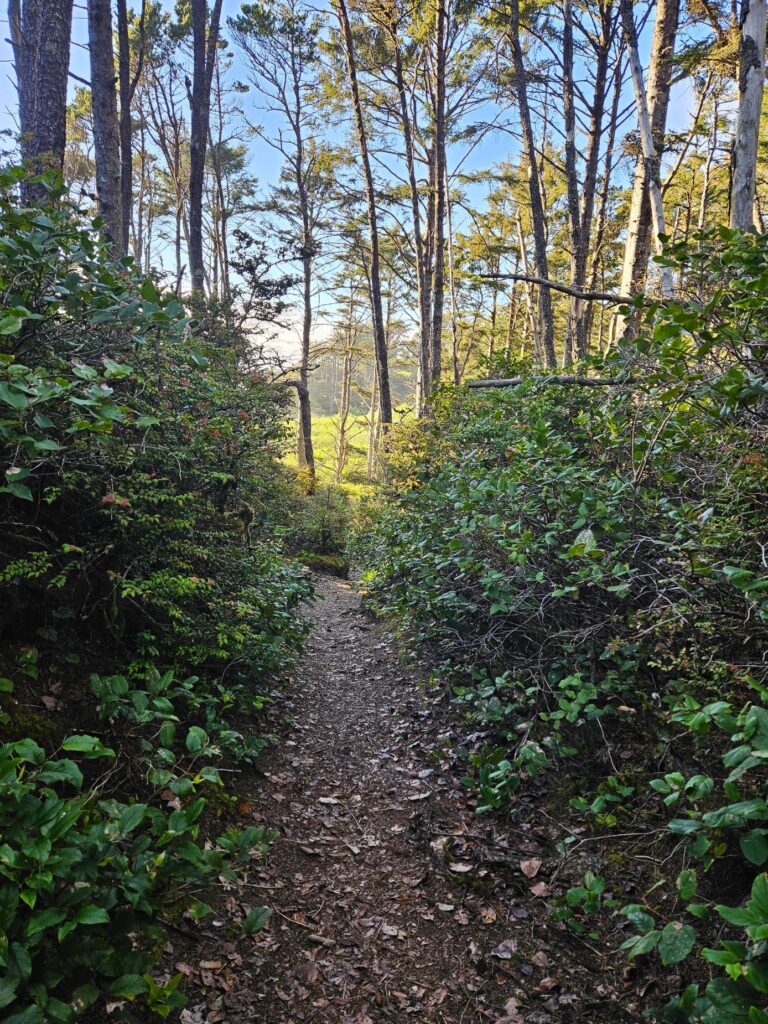
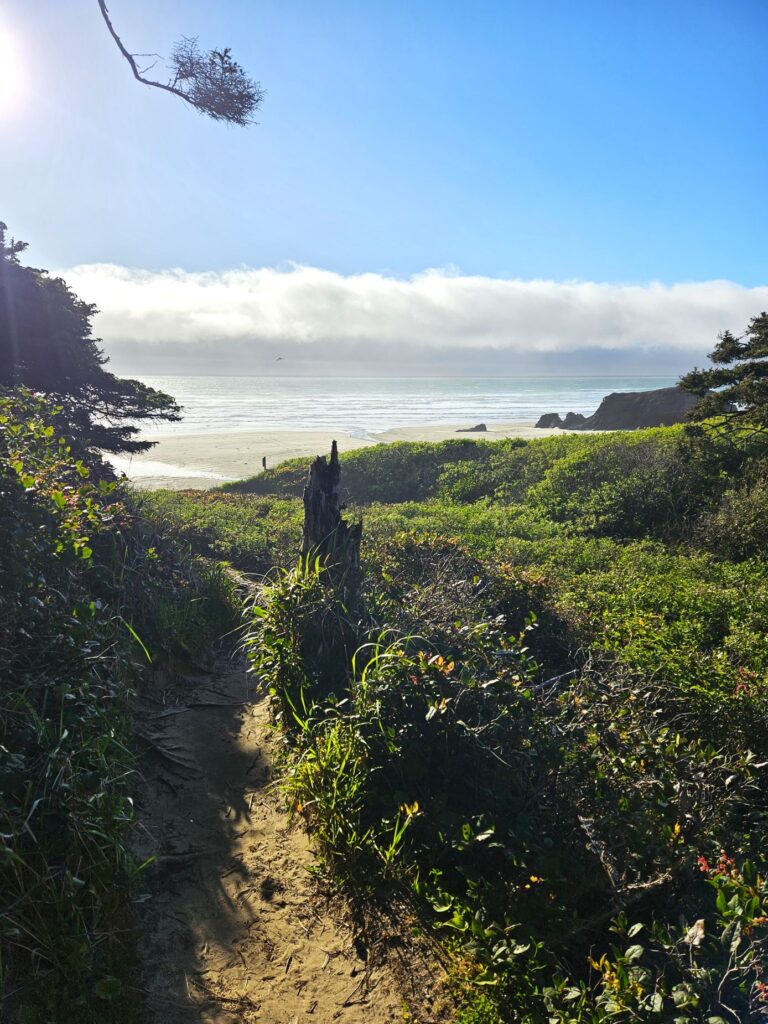
That week was Ray’s birthday. It was the perfect excuse to book rides for us on the historic Oregon Coast Scenic Railroad. This vintage train dated back to the early 1900’s. It was used to connect the coastal lands with larger inland cities like Portland.
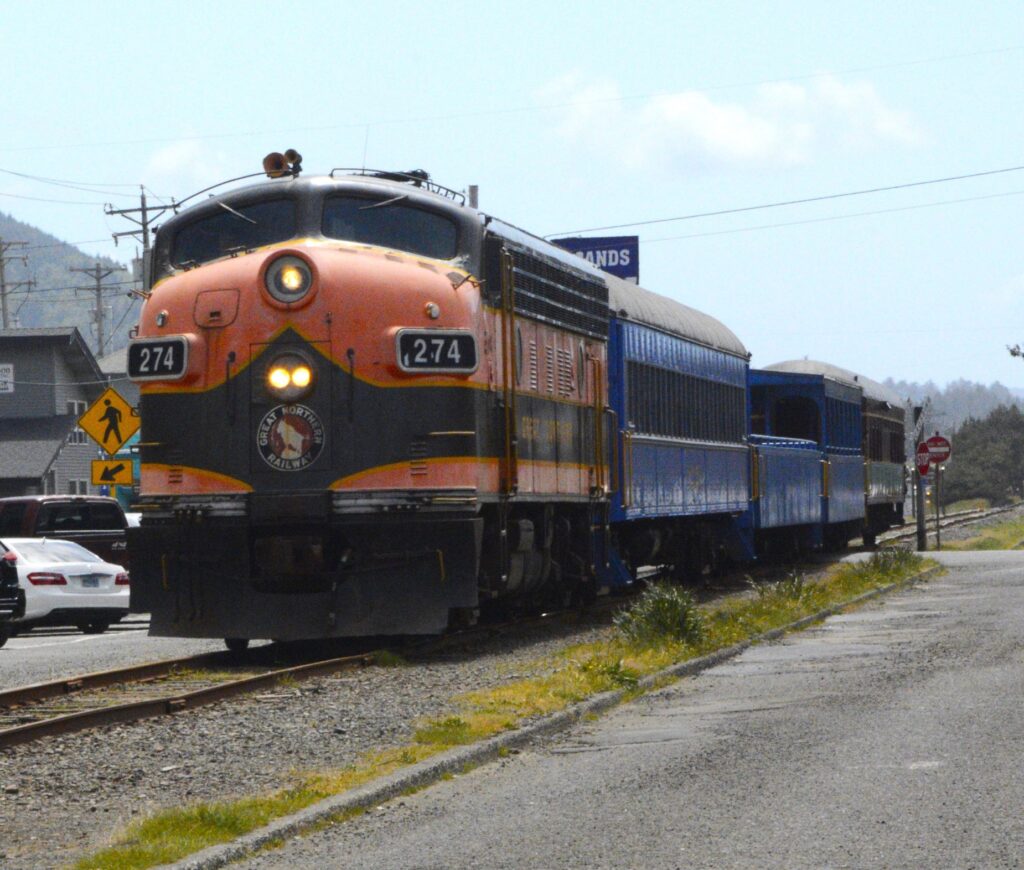
Our ride took us from the town of Rockaway Beach to the town of Wheeler. They are less than 10 miles apart by car. But by train, it took about an hour one way.
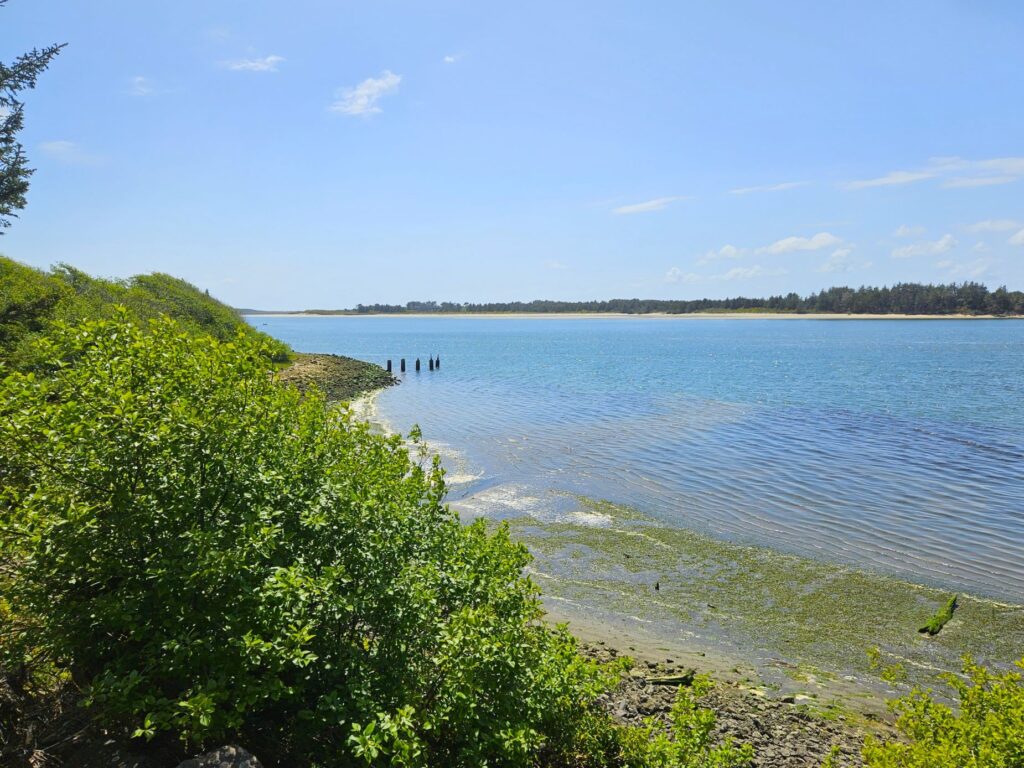
The route follows the shoreline of Tillamook Bay which is famous for its Dungeness crabs and bay clams. The clouds were hovering over the coastal mountain range threatening rain.
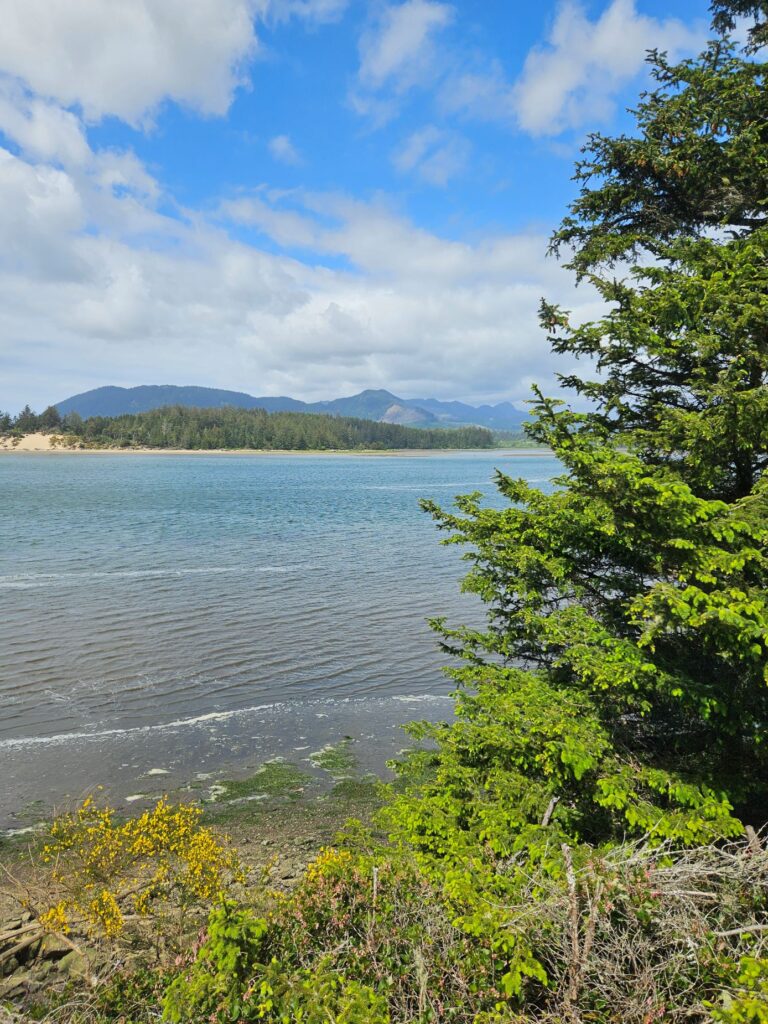
On the harbor beach was a large group of seals sunning themselves. You can just barely see them at the edge of the water across the channel.
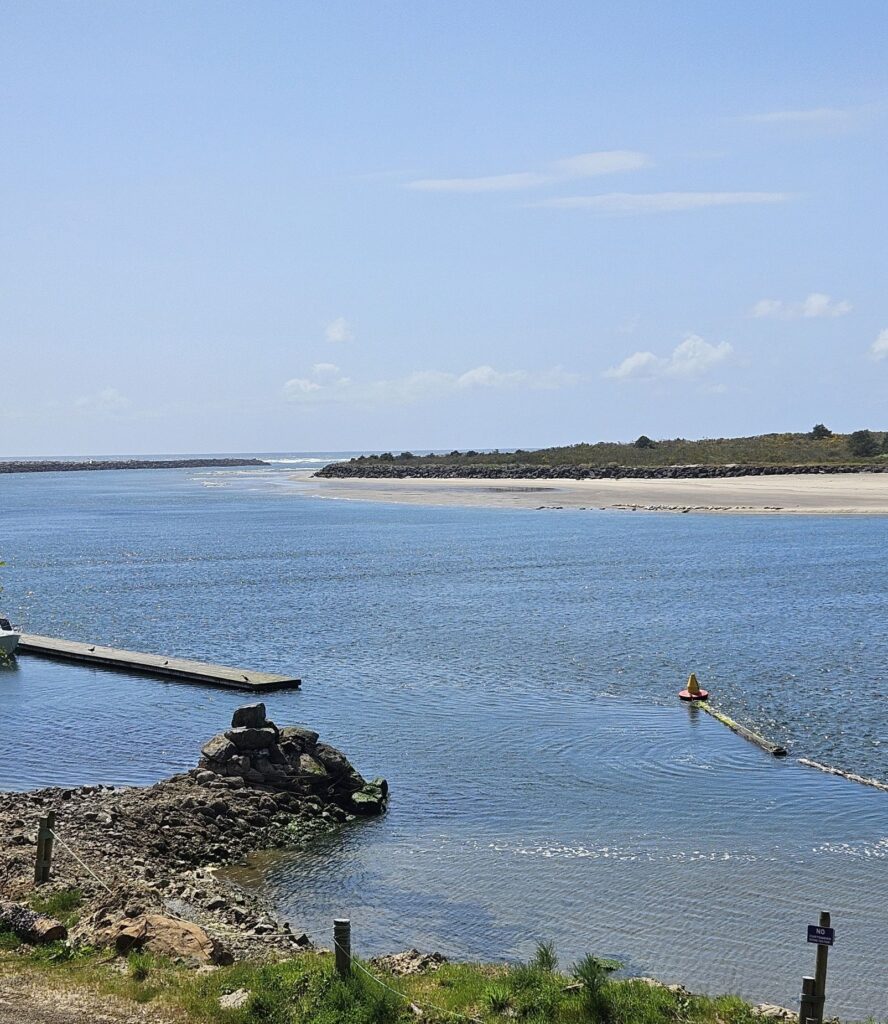
Being spring time, we saw plenty of wild flowers along the way. Much of the bay is a marshy bog which changes with the tides.
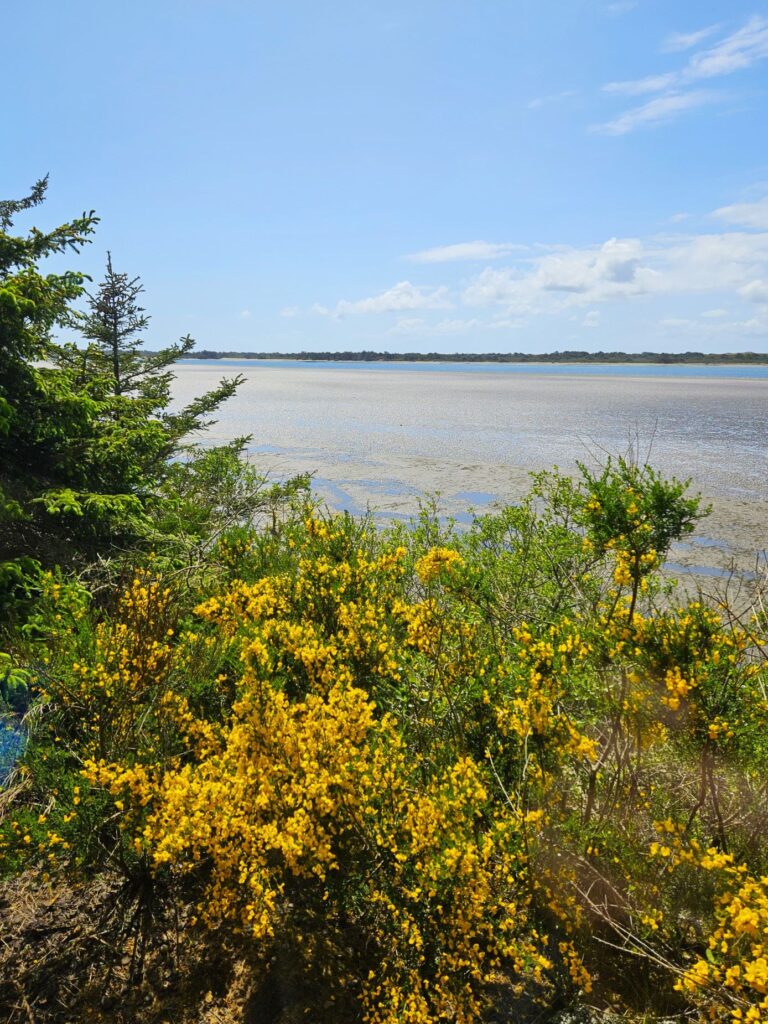
The bay has many fresh water tributaries like this one. Driftwood from the nearby forest litters the beaches.
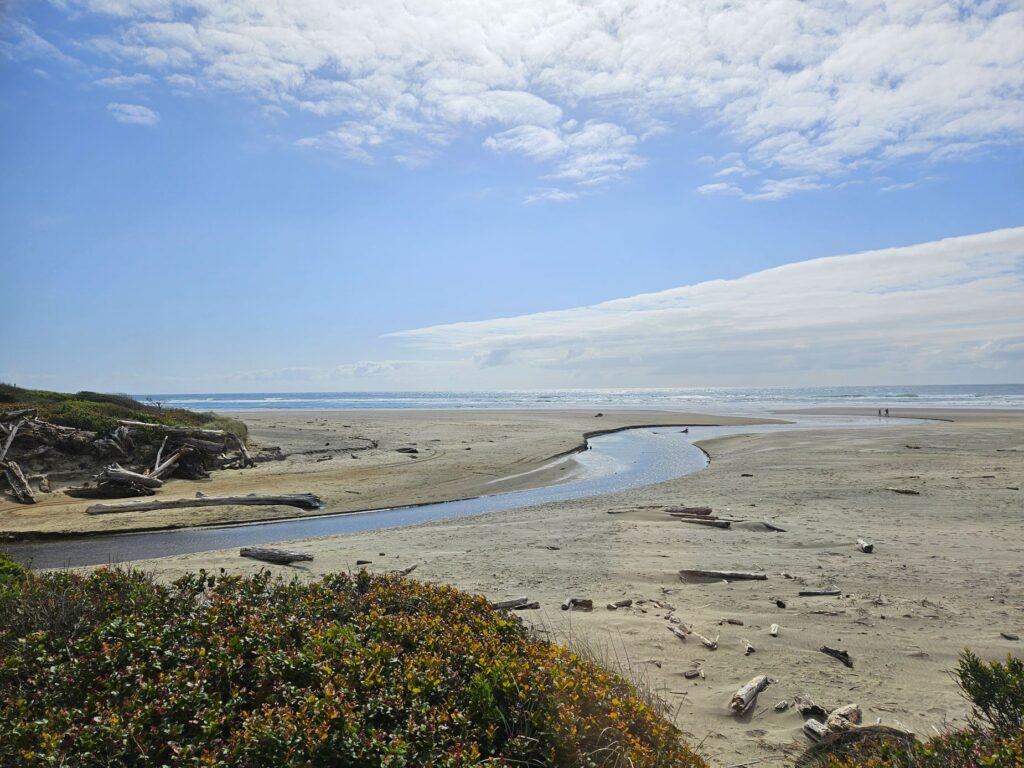
We had a 45 minute layover in Wheeler before our ride back to Rockaway Beach. I was looking forward to stopping at a little cafe. But oddly, the cafe closed right when the train arrived, and another food truck closed for the hour during our layover, only to open after the train left. You would think they would want our business. Maybe they were shorthanded. Who knows.
The only thing open that day was the antique store where we wandered around in a confusing maze of aisles. I didn’t buy anything. It’s easy to say “no” when there’s no room to store it.
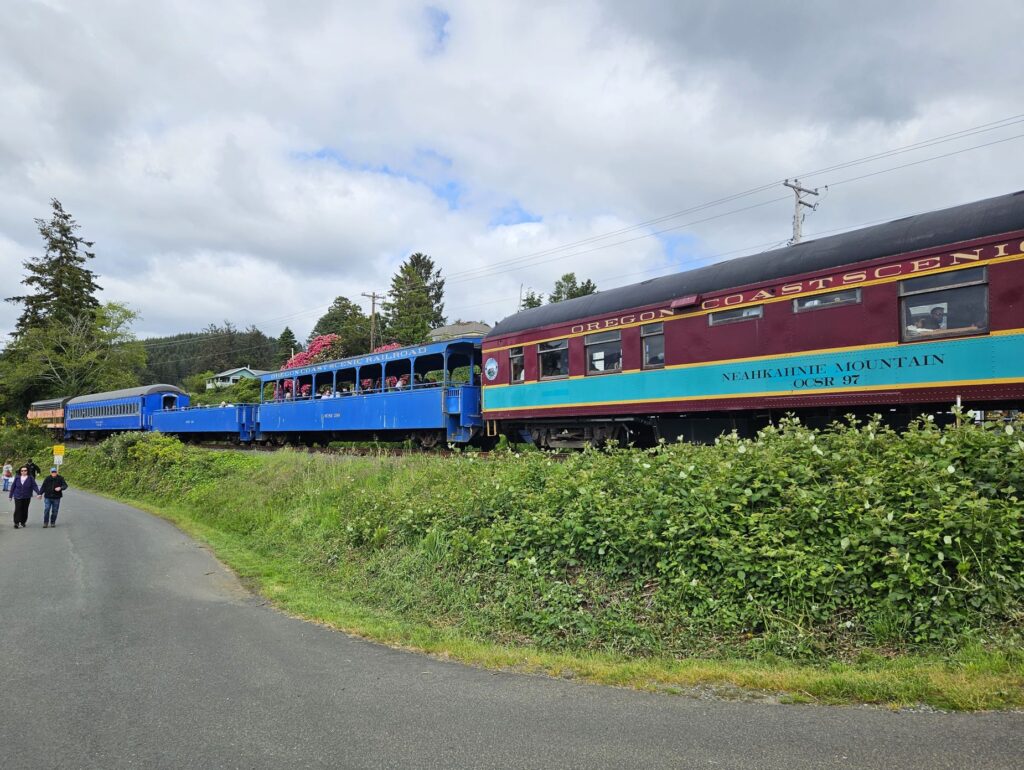
We had a nice relaxing afternoon on the train. On the way home, we saw these interesting rocks with trees growing on them. I wondered if this could be how “Rockaway Beach” got its name.
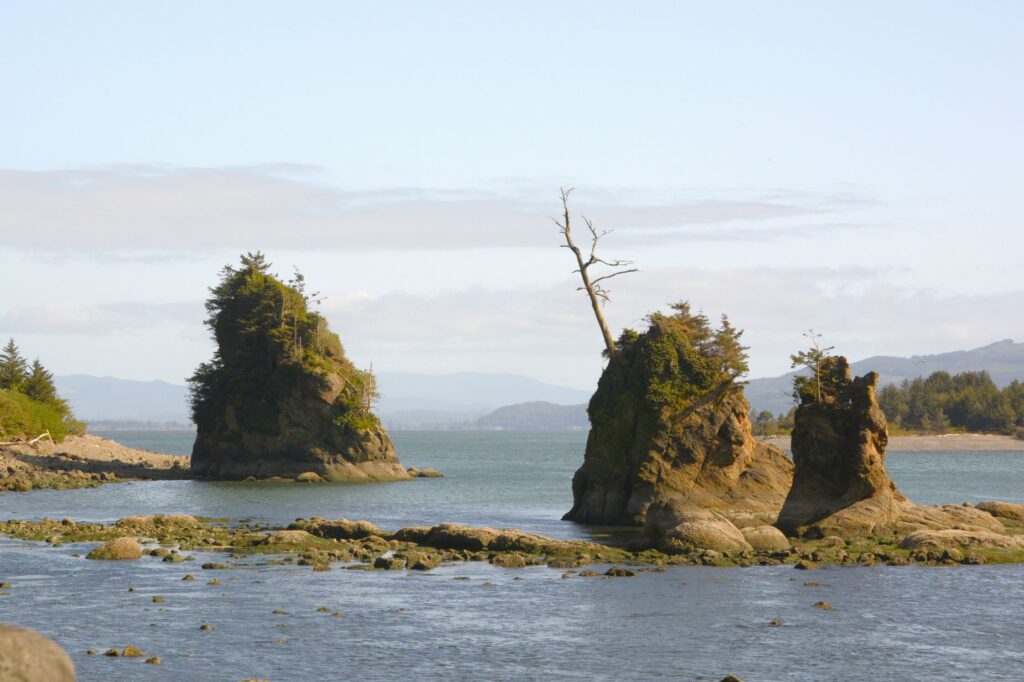
Later in the week, we visited the Tillamook Air Museum located near the town of Tillamook. I have to say, we didn’t have any trouble finding it.
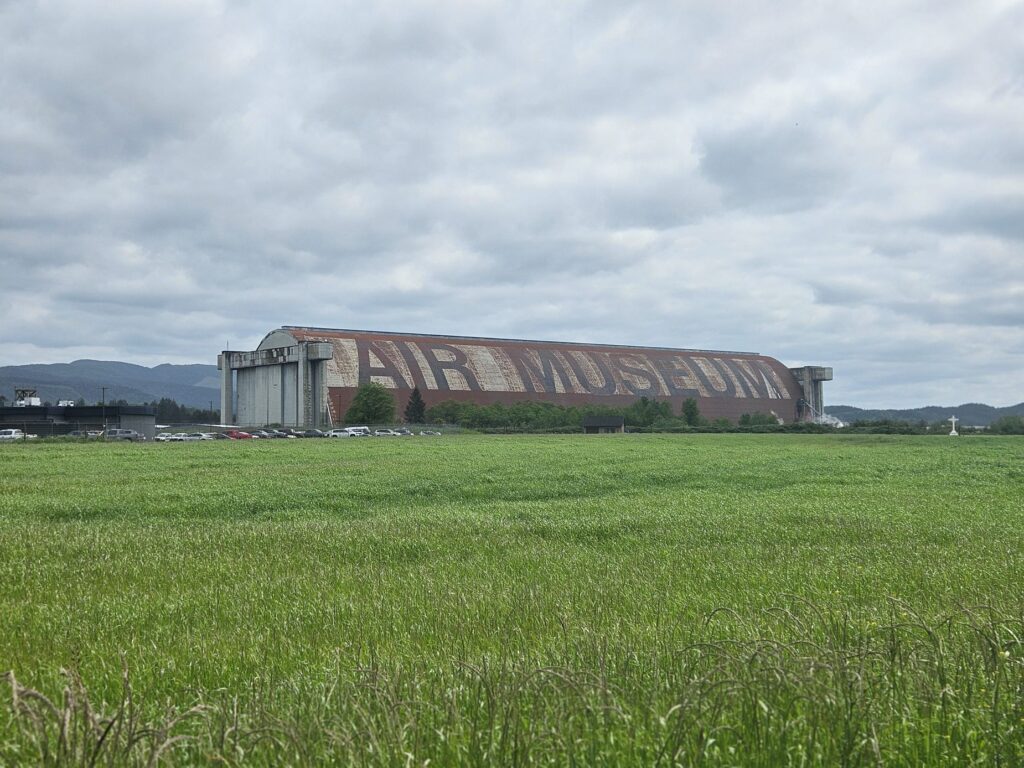
This huge hangar was used during World War II to house up to eight blimps. The blimps were used for various war purposes. Today, the museum houses several planes and displays.
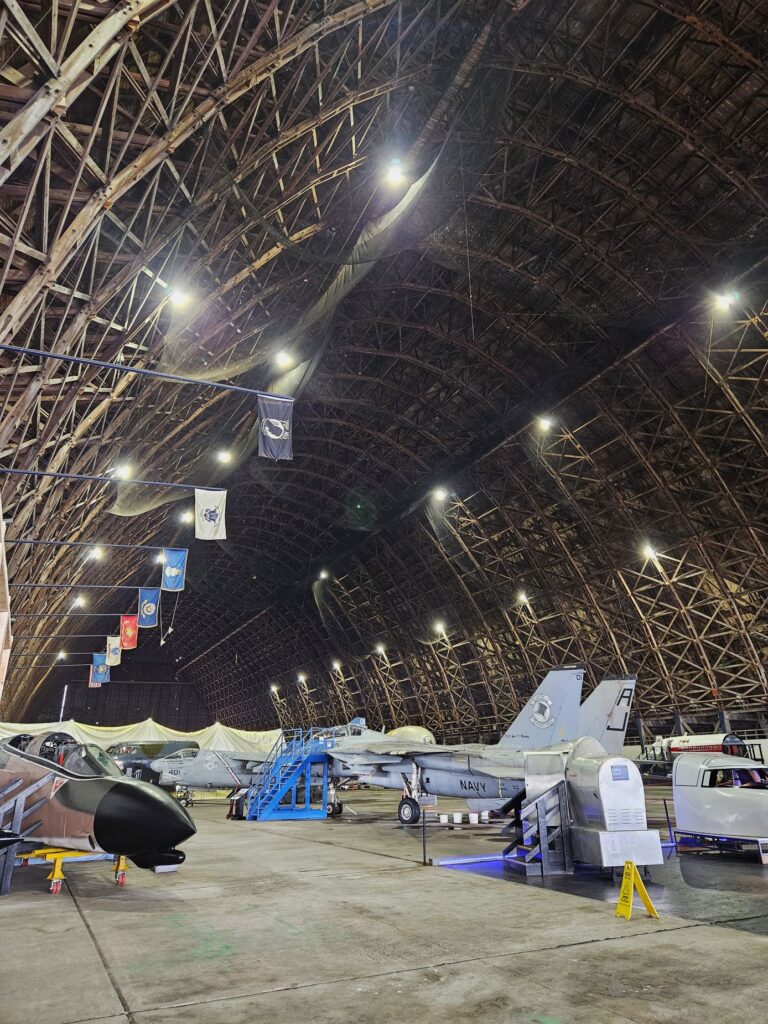
While we were in Tillamook, we looked for Cape Meares Lighthouse, which we have visited previously. We must have taken a wrong turn somewhere. We never found it. Instead, we found this nice state park called Cape Lookout.
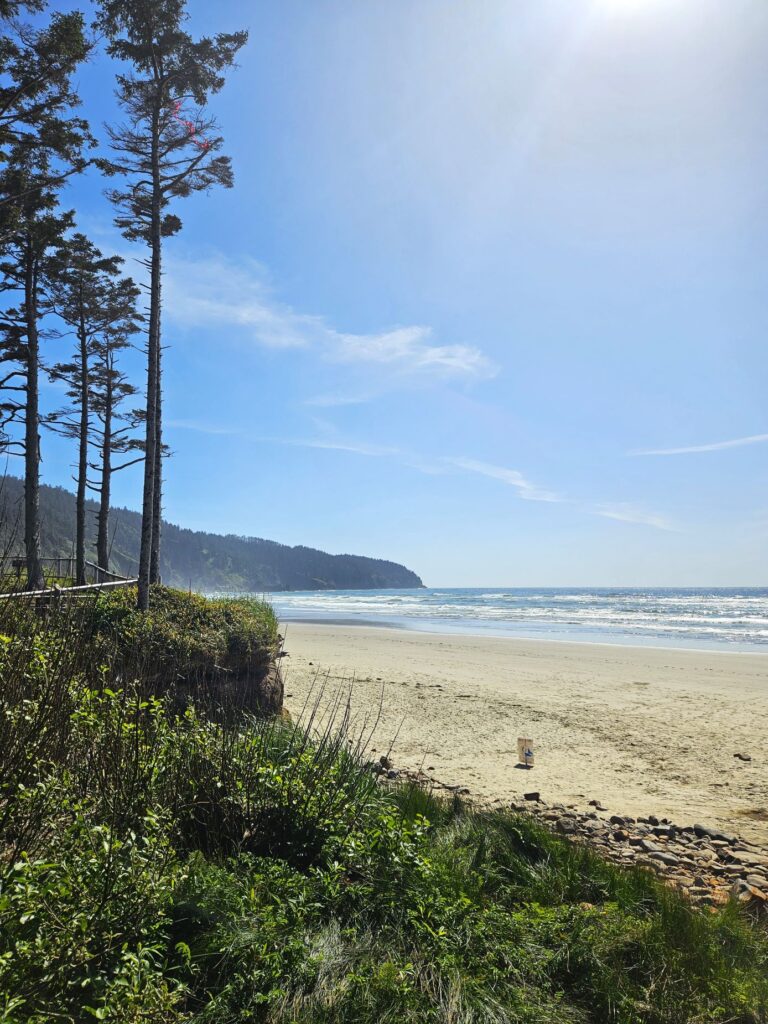
Looking down the beach the other direction, I saw Three Arch Rocks which is a National Wildlife Refuge. It looked interesting, but we didn’t pursue visiting it that day. We don’t mind leaving some places for future explorations.
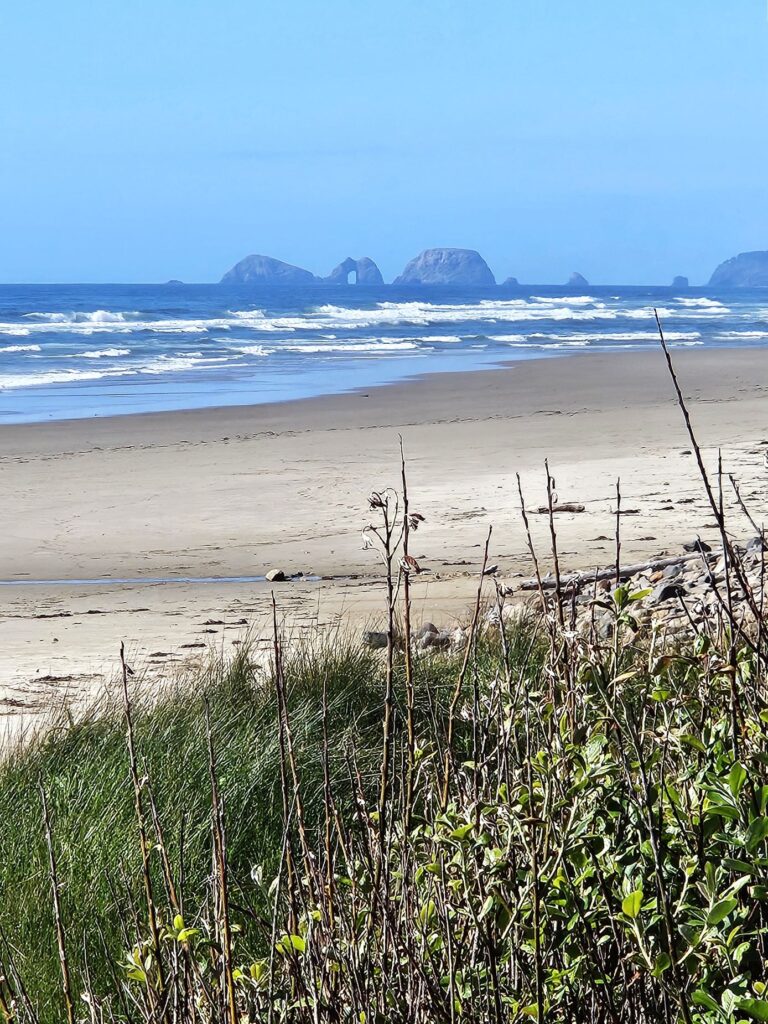
On another afternoon, we went to Bob Straub State Park and walked up this path to the beach. Walking up a steep hill in the sand wasn’t easy, but the views on the other side were worth it.
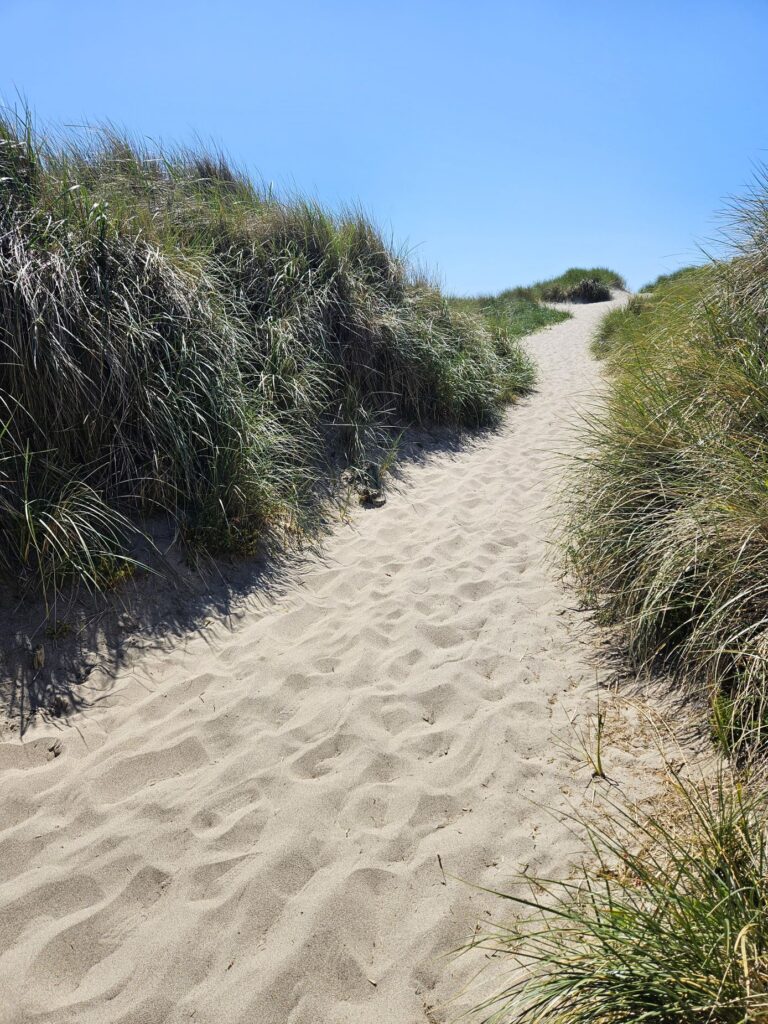
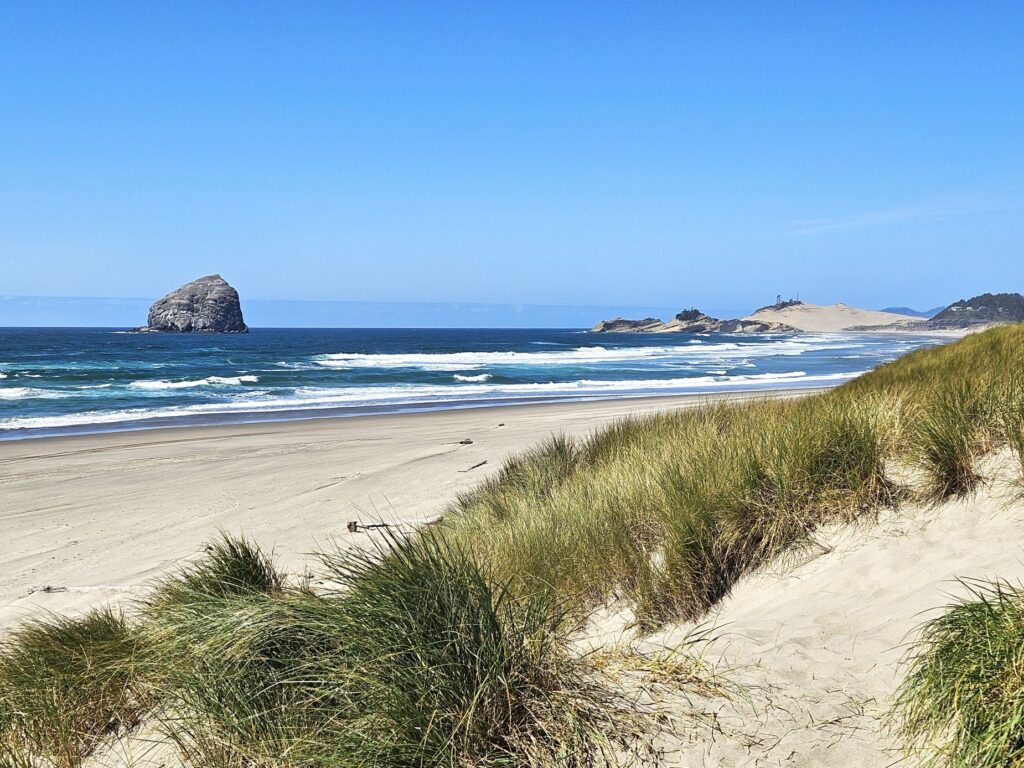
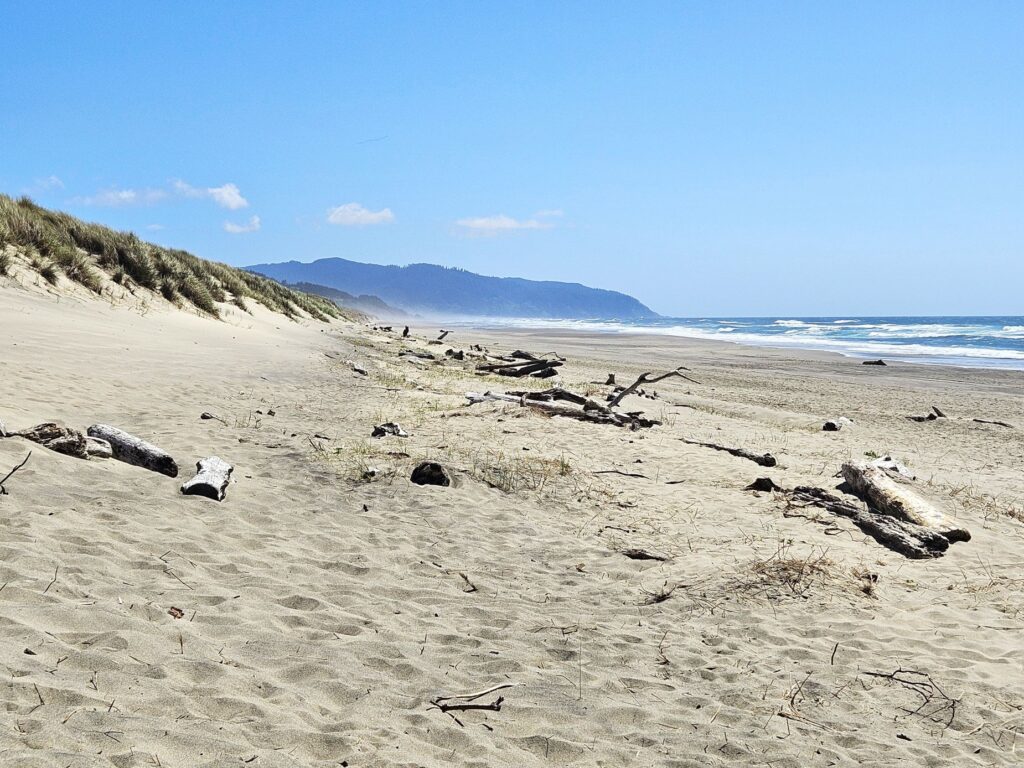
We enjoyed our time on the Oregon Coast. We never made it to the Tillamook Cheese Factory. Sometimes there are just too many things to see and not enough time to see it all.
“You [God] are mightier than all the breakers pounding on the seashores of the world! Psalm 93:4”


